Dear friends,
I will cover a couple more days of action and fun in this episode and include an ancient city or two, a delicious lunch, and a walk through a little village high on a plateau above the coast, an island monastery, a deserted village, and a museum. Never a dull moment, that’s for sure, and getting fitter day by day.
But the day could not start without a delicious breakfast prepared by Chef Ahmet
This morning our first visit was to the ancient city of Xanthos, once the capital of Lycia and probably the biggest Lycian city of all time. When British explorers arrived in 1838, the city was virtually intact. Unfortunately, two years later, a team arrived and carted away huge numbers of artifacts that now reside in the British Museum. It is known that during this period, museums in Europe were engaged in a furious race to bring these types of artifacts to their own galleries. However, despite the damage and pillaging, the site is still impressive.
One of the gates into the theatre. Interesting to note the depth of the excavations
Only a few columns left in the Agora, with a view of the theatre beyond
And if there is no longer a statue on a plinth, then Yunus was happy to oblige
Another view of the theatre which dates back to the 2nd Century AD and could have held 2200 people
An impressive monumental tomb. The lower part is a pillar tomb, and the upper part is the sarcophagus
Blending nicely among the ruins, but – let sleeping dogs lie
One part of the impressive paved street. Imagine houses and shops and bath houses along this way
The next stop was at Patara, one of the 6 major cities in the Lycian League and a major port on an ancient bay about 2 km wide. However, the mouth of the bay has long been closed up due to wind and silting and rivers turned the harbour into a swamp, and are now unusable. Most of the ancient buildings are buried under the sand or hidden by marsh plants. However, excavations have been ongoing since 1988, and now you can see the monumental gate, the Parliament Building, the theatre, and the main street as well as some other buildings near the harbour.
The three-winged Monumental Gate. A waterway coming from the northeast flowed over the gate
Earlier in the day, we had trekked up to a part of the viaduct which supplied the city and could marvel at not only the distance over which the water had to be channeled but the interesting structure of the viaduct.
One of the arches under the viaduct carrying the water to Patara
Two of the stone blocks of the viaduct, showing the connection between the male and female fittings
Following the impressive line of the viaduct up and over the hill, this just a small part of the whole length
The main street at Patara is 12.6 m wide and connected the harbour with the agora,
but just 100 m have been reclaimed from the marsh
Ruins of shops on the west side of the main street
A show and tell moment as Yunus unveils a shop-front carved stone block for our amusement
The impressive Lycian League Parliament building, partly reclaimed, partly rebuilt
The theatre was almost completely enveloped by sand before 1988 which helped preserve it. Built in Hellenic times, (the 1st-2nd Century AD) with repairs and additions added later, it could seat nearly 6000 people.
A depiction of clothing and weapons on one of the walls close to the entrance to the theatre
Someone has seen enough of the ruins …
Time for a change of scenery and pace of the day, so we were driven high up into the hills with lovely views of the coastline and the promise of a delicious lunch in the village of Bezirgan, situated on a high plateau. Many people from the coast spend their summers here enjoying the cooler temperatures and reaping harvest to see them through the winter.
Looking back to the town of Kalkan where our Gulet was moored
Cooking already underway by the women of the family
Freshly made bread and some of it being stuffed with cheese and spinach – delicious
After the main course, I had a wander around their wonderful garden, with produce aplenty, a corn-eating goat, and a rather shy cat hiding in a wheelbarrow.
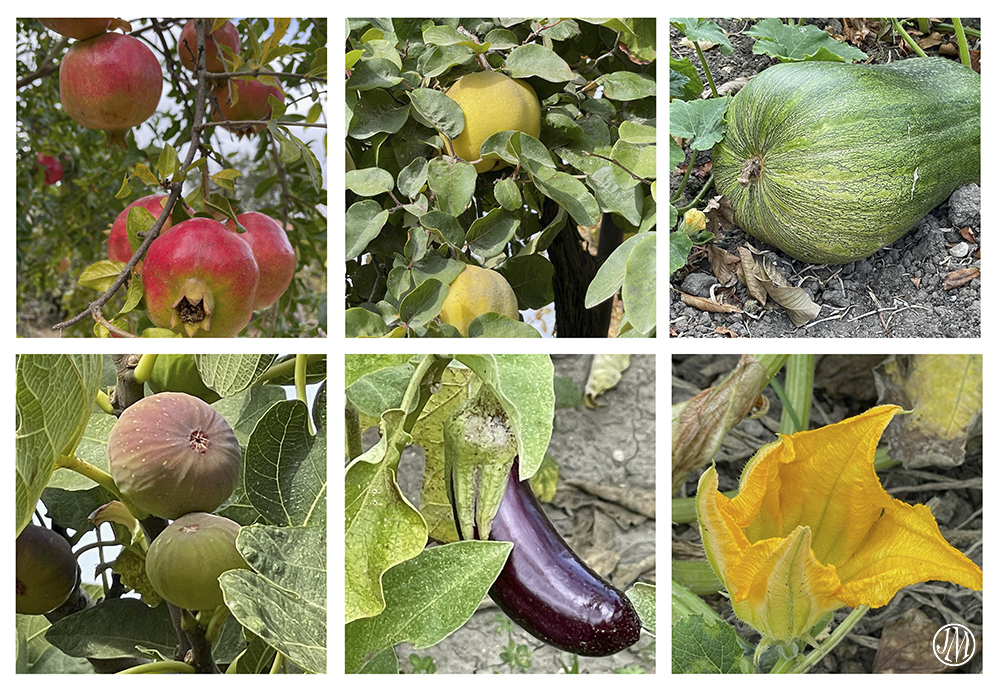 Pomegranate, quince, marrow, figs, eggplant and zucchini flowers
Pomegranate, quince, marrow, figs, eggplant and zucchini flowers
A rather handsome goat, not bothered by me trying to get a good photo
A little shy, so don’t come too close, please
Yusef’s sister, living in a nearby house kept a friendly eye on my meandering through the garden
Time for some dessert culled from the garden
And no meal is complete without a glass of sweet black tea
After lunch we wandered through the village, enjoying the walk but stopping to talk to the locals, and discovering a few new aspects of daily life – like the abundance of grapes, with each house leaving crates at the gate for pick-up, the making of grape molasses from the surplus and the storehouses where nomadic families keep their produce until needed.
The freshly-painted mosque of the village, a fixture in all towns and cities across the country
Two women harvesting their grapevines, many already crated up
A plentiful crop indeed
A family undertaking, making grape molasses, starting with the treading
Then boiling and stirring
All under the watchful eye of the family matriarch
Yunus relaxed and happy as we watch the process and he was right, the finished product was delicious
At the end of the village is the ‘Bezergan Granary’ where about 50 wooden storehouses bear traces of Lycian architecture, but are still very much in use today. They are built using the ‘shell technique’ without the use of nails and are where the nomads who live up in the high plains during their summer keep their goods and jewellery, and perhaps even more importantly, their grain. The storehouses are guarded, the guards paid in grain, so that when the nomads descend from the plains in October they find their possessions safe and ready. 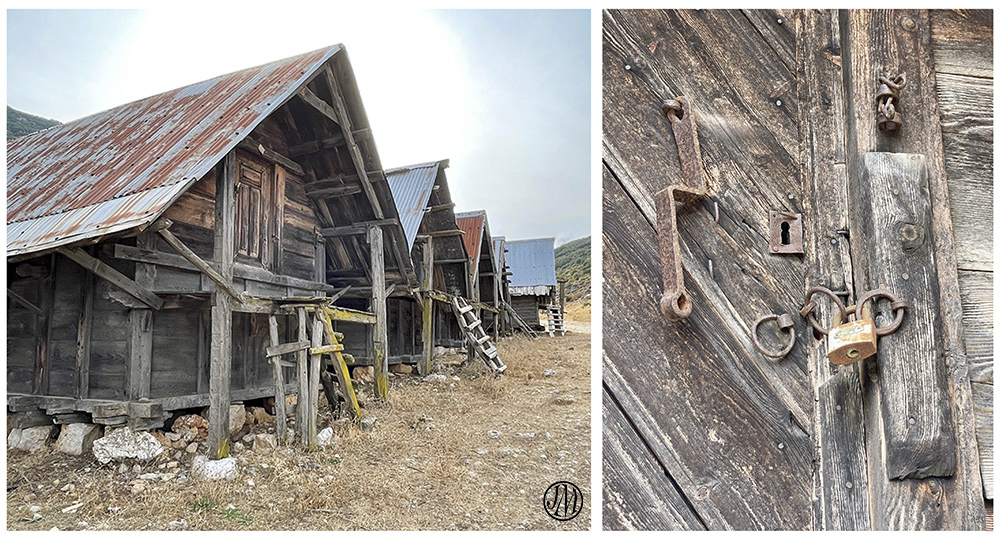
A few of the wooden storehouses for the goods, personal possessions and grain, all firmly locked
While we were enjoying another full day, the captain and crew had sailed on, rounding the wild Seven Capes in a hefty breeze, and had anchored off Gemiler Island. For us, it was a couple of hours on the road to reach this part of the coast and were happy to arrive ‘home’ to the Cavurali with another delicious meal waiting. Thus the day ended as it had begun, with the 8 of us around a laden table and chatting about the day.
A smile from Chef Ahmet as he waits for the fish to fry
Dinner is served …
The following day, we took the dingy over to Gemiler Island and were welcomed by a handsome ginger tom who climbed a part of the way with us until he realised no food was forthcoming. It was a short hike up to the striking Byzantine ruins of a 4th Century AD monastic society dedicated to St Nicholas. Perhaps the most impressive part was the long covered walkway, much of it still standing where the monks would have walked between the several churches on the island. The island gained importance because of its location in the Mediterranean, as a stopping point for ships on a pilgrimage to the Holy Lands from Italy and other European countries. The island became almost a centre of pilgrimage in its own right as a result of the rising number of chapels and the opening of schools providing religious training.
Welcome to Gemiler Island
The domed nave of one of the churches on the island
A part of the covered walkway up to one of the churches at the summit of the hill
Inside the covered walkway, a bit of a rocky climb but rather an impressive walk
Another of the churches with some of the mosaic flooring still evident
A lovely view from the summit of Gemiler Island, with our gulet moored top right
In the afternoon we walked through the large, abandoned village of Karakoy. it was originally home to some 3,000 Anatolian Greeks. However, the spoils of war and the ‘population exchanges’ between Greece and Türkiye of the 1920s gave the inhabitants no choice but to relocate to mainland Greece. The site was reduced to an eerie ghost town following the mass exodus.
A view over a part of the abandoned town of Karakoy
An abandoned church, this one known as the Upper Church
Kayakoy is now a UNESCO World Heritage site. The roof of the Panayia Pyrgiotissa visible over ruins
A closer look at the Orthodox Church of Panayia Pyrgiotissa which
has been restored and is the main focus for international peace and reconciliation
Another view of some of the abandoned houses, overgrown with trees and scrub
Our last visit of the day was to the small Museum in Fethiye where we had a little time to wander and wonder. Yusuf was rather enlightening about some of the statues, as he had been part of the team that undercovered them during excavations. How exciting that must have been. He suggested we notice the ‘missing nose’ for which he may or may not have been responsible.
Yusuf telling us about the excavation of this magnificent statue
A stone carving of a horseman with a weapon
The Kybele of Kaunos is a portable statue, 55 cm high, her arms and legs hidden under a beautiful dress
Some of the splendid glassware and ceramics on display
The beautiful original wooden door of the Panayia Pyrgiotissa church from Karakoy
A bronze head from the Roman era – how simple yet appealing
A sarcophagus lid bearing a stone lion from the Roman era. The Turkish word for a lion is ‘aslanli’.
Is it a coincidence that the wonderful, all-powerful lion in my favourite children’s stories,
The Chronicles of Narnia – is called Aslan?
A superb carved sarcophagus, complete with cherubim in the garden of the museum
After another fascinating day of visits and discoveries, or history and politics, we retired back to the Cavurali for afternoon tea and some time to relax.
Jessie and Jeanne F, relaxing on the foredeck after their tea and biscuits
While Jeanne S, dozes on her deckchair, no doubt thinking back on another great day
That’s a wrap for this episode. The next one will be about our last two days on the Turquoise Coast. After that, we continued our journey by road to perhaps the most famous of the Turkish historical sites, Ephesus. From there, a whole new adventure awaited us in Cappadocia. So, there’s plenty more to come if you’re interested.
Until soon, dear friends and followers,
Wishing you all the best,
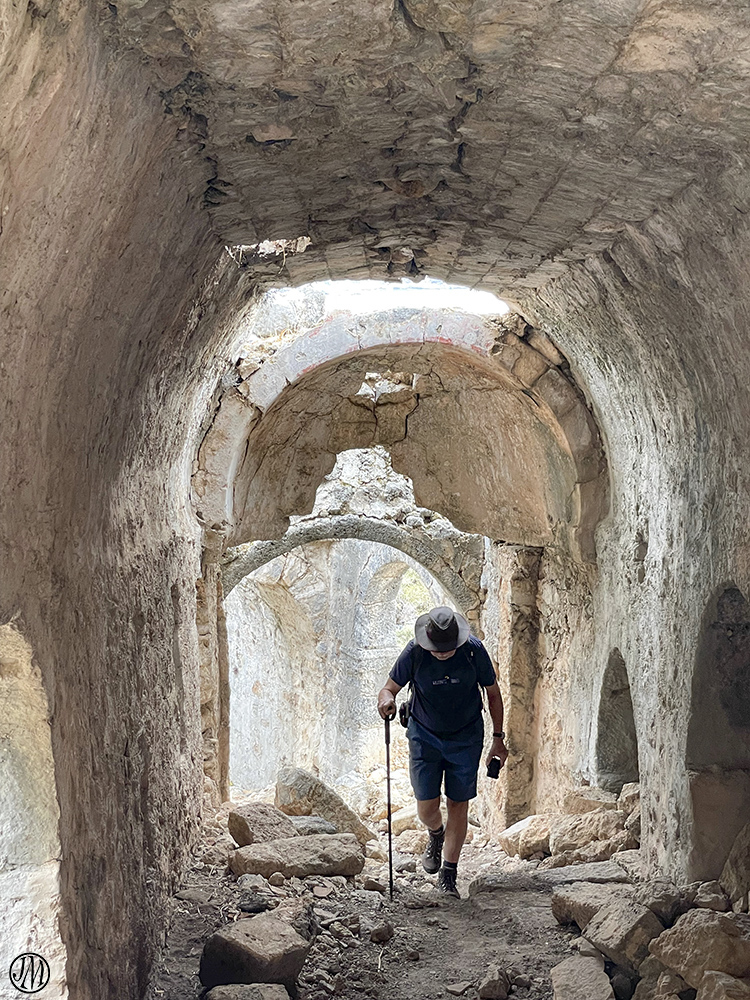
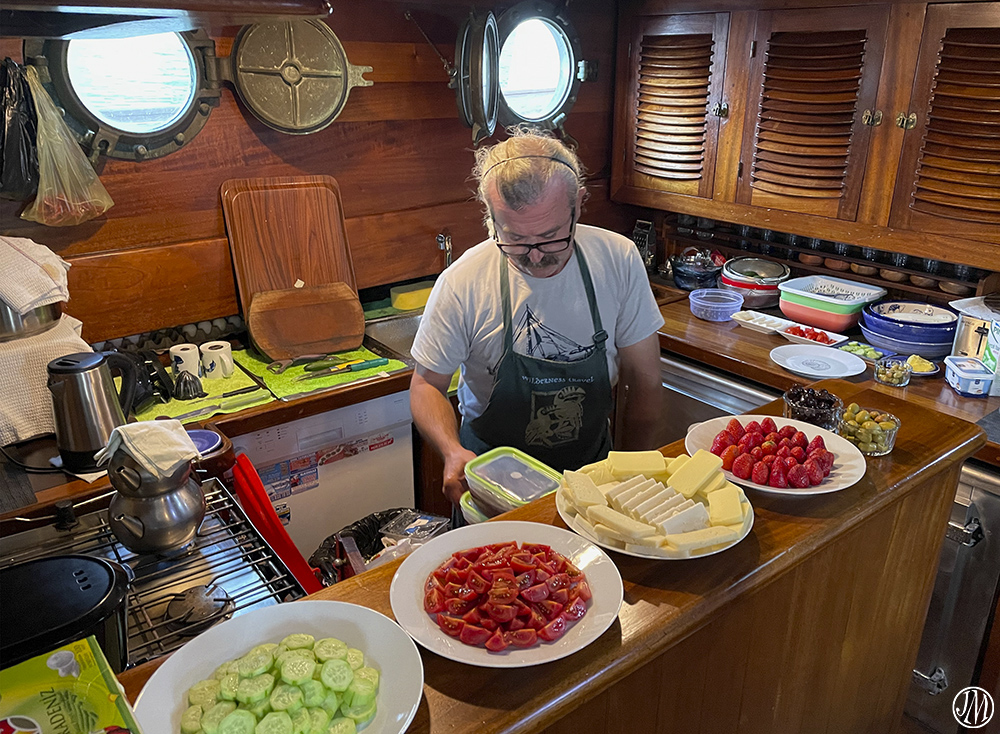
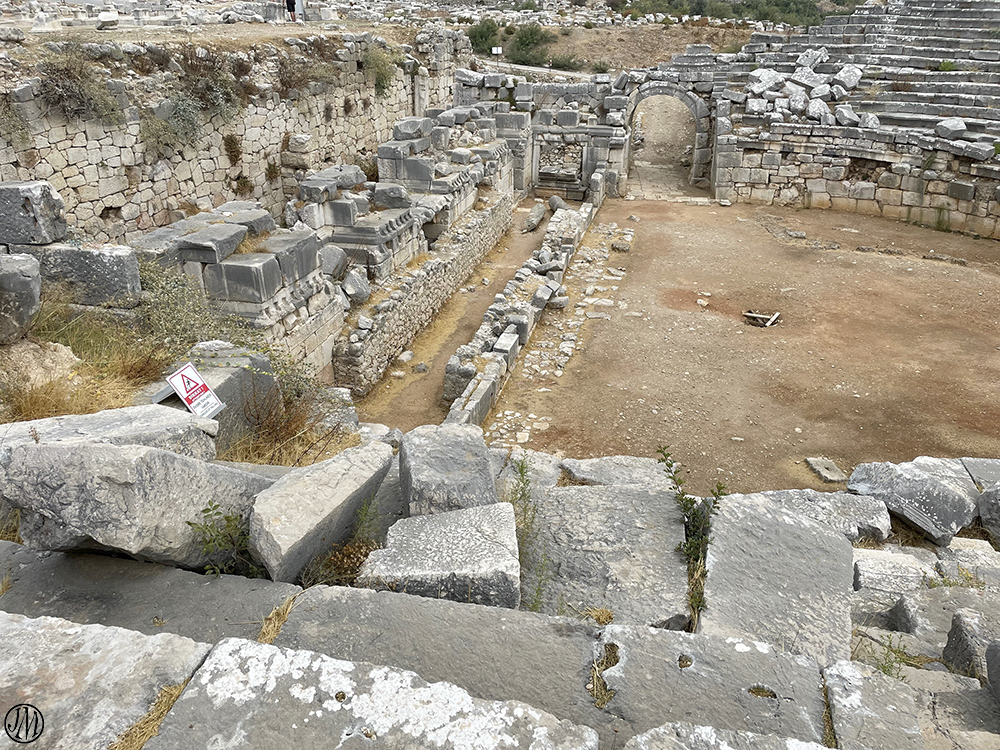
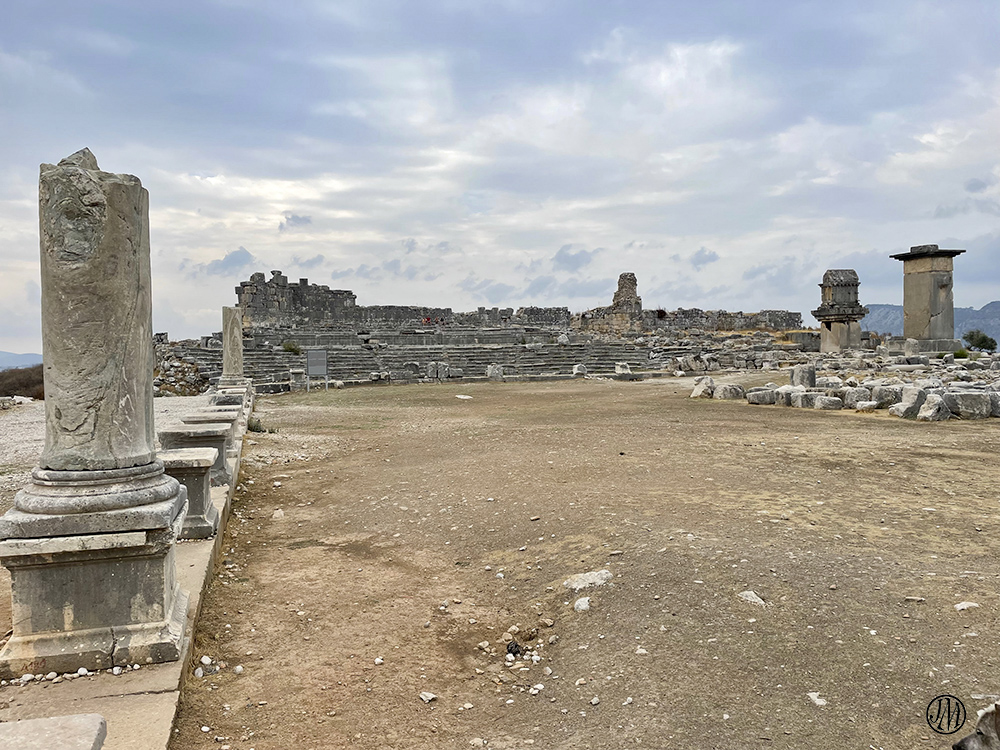
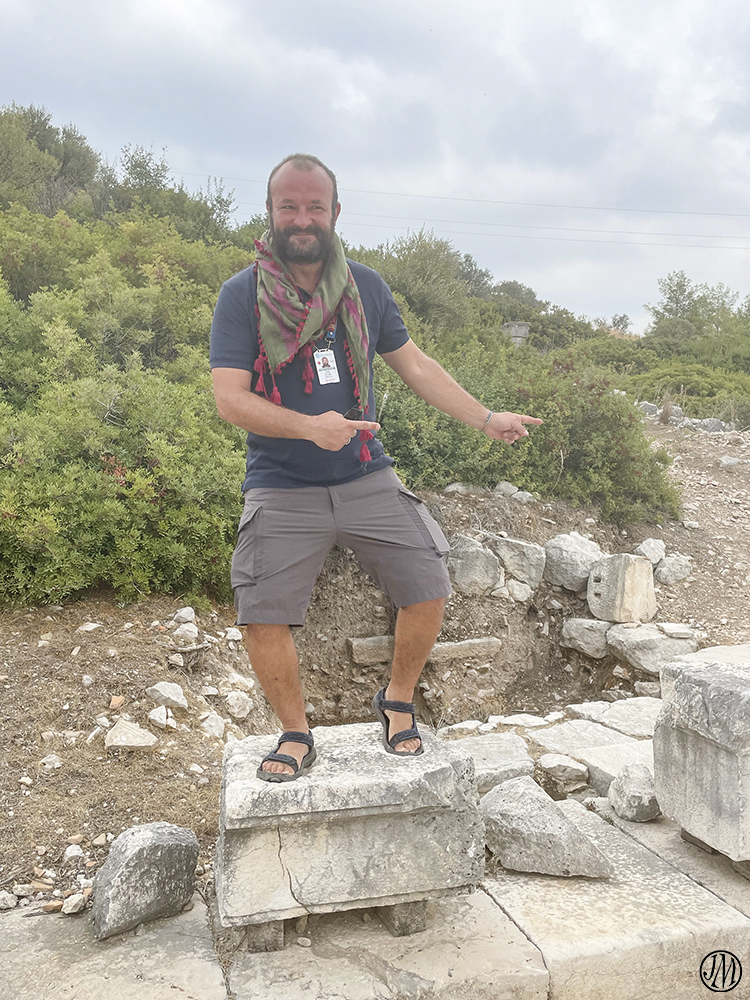
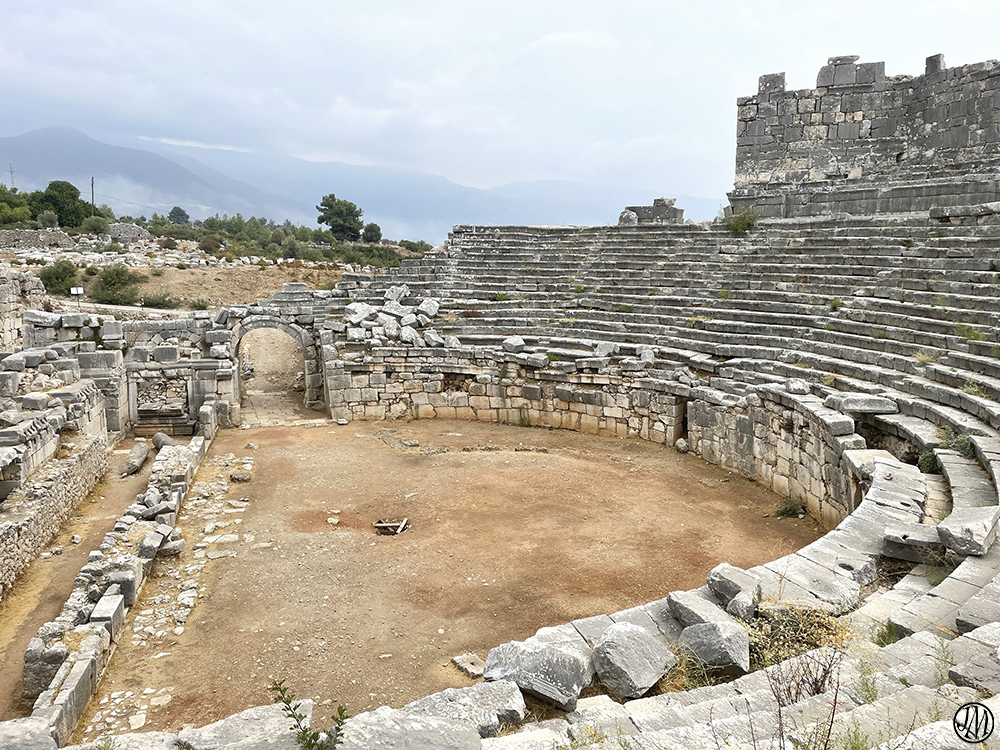
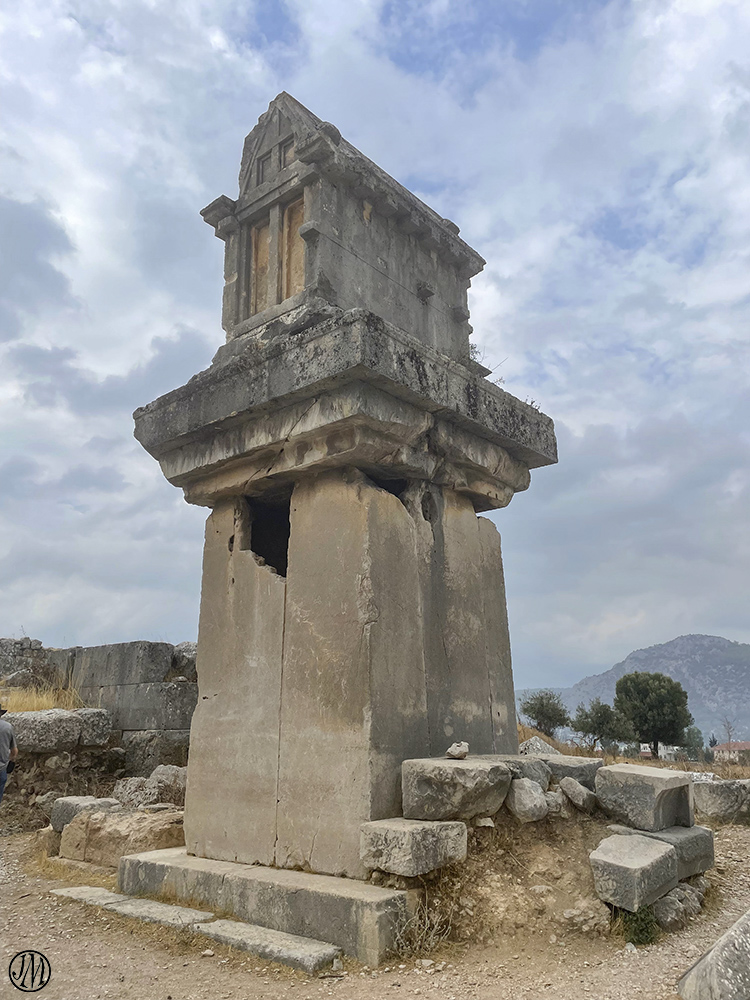

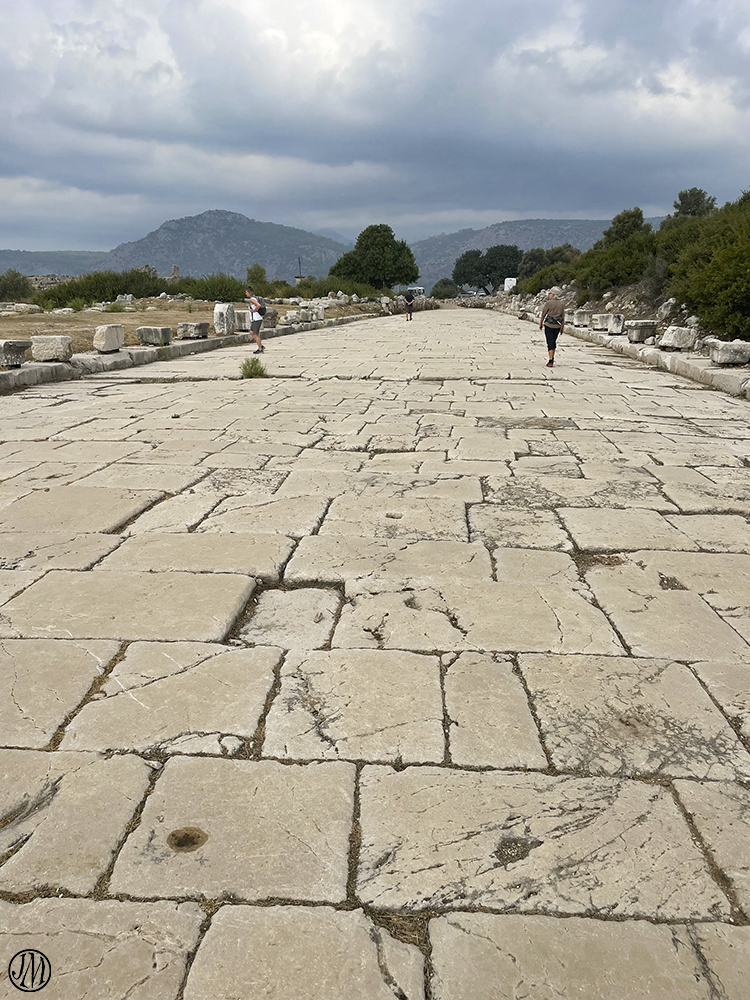
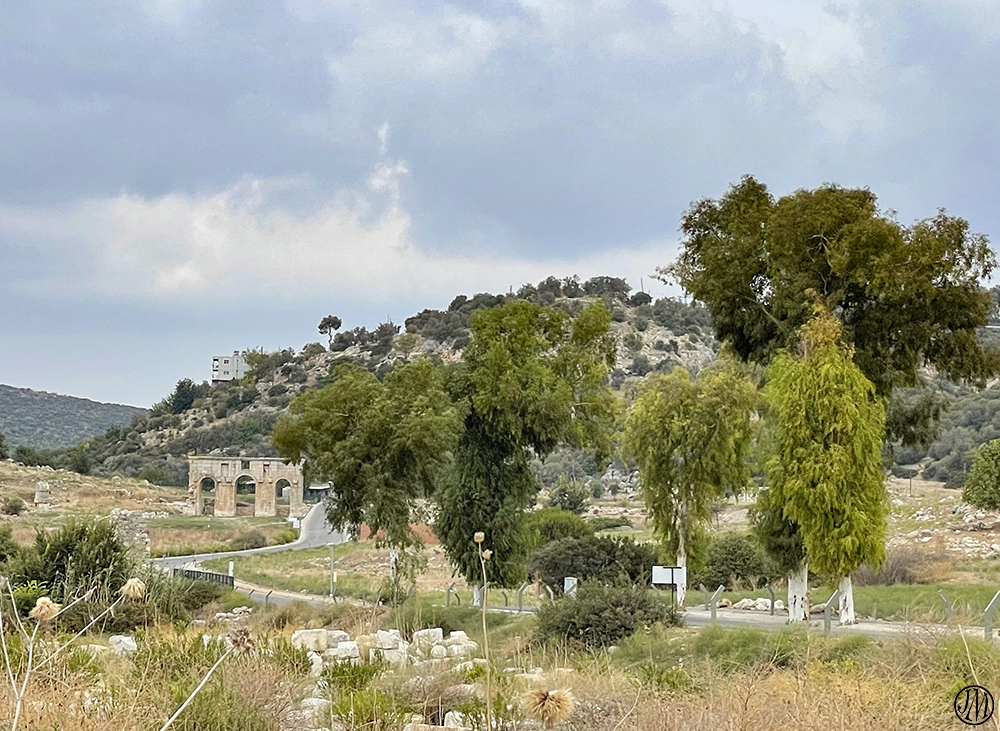
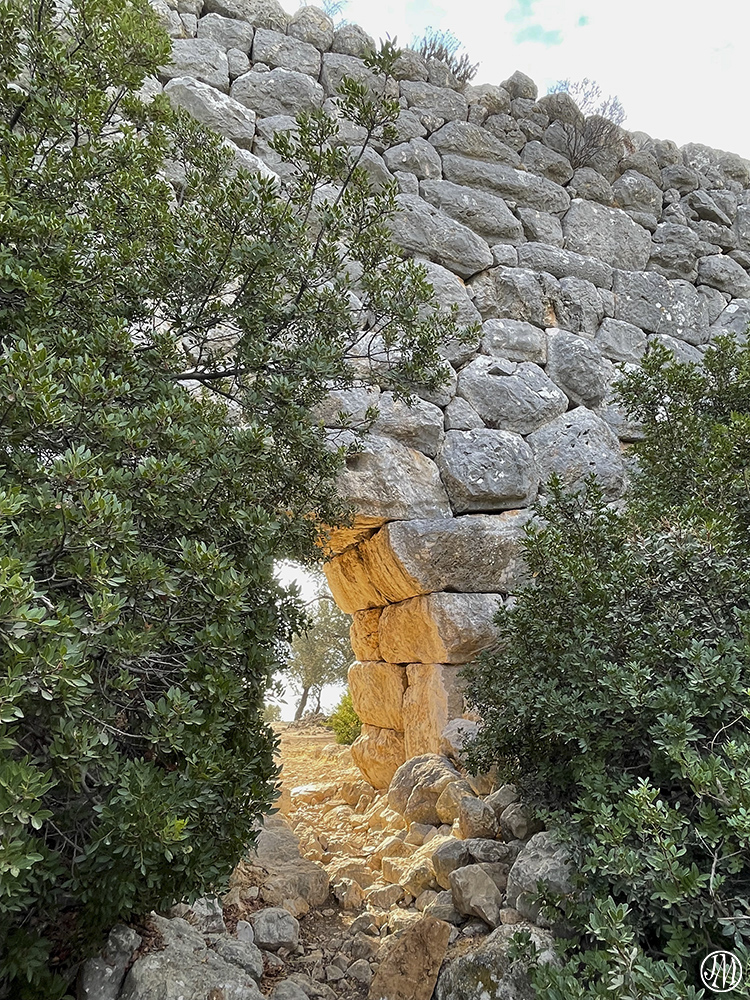
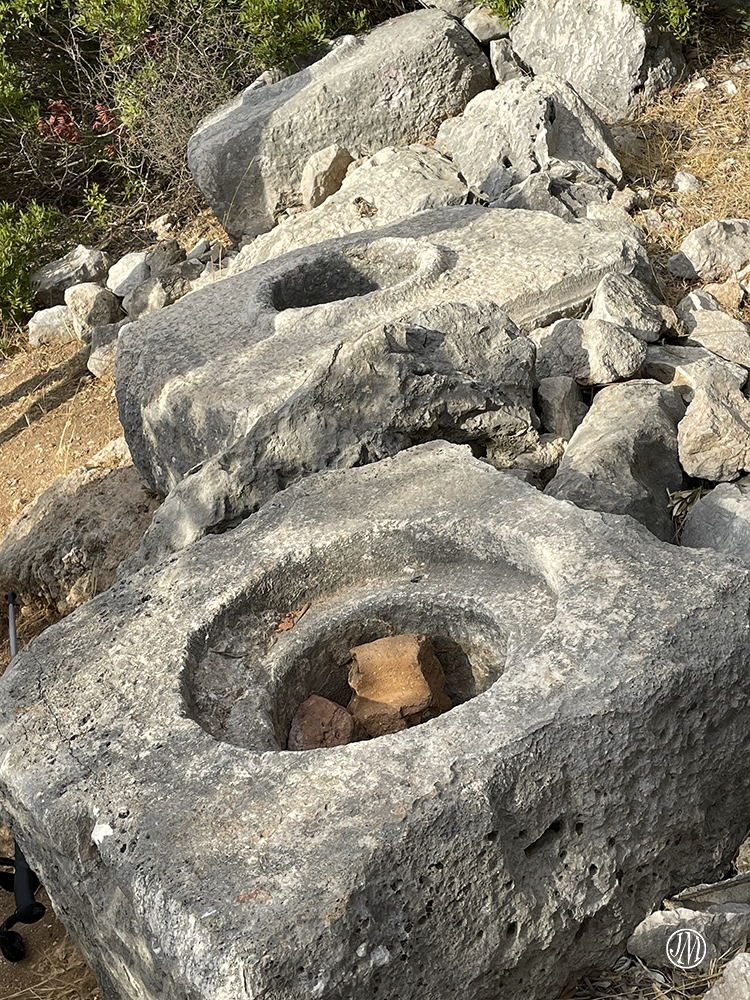
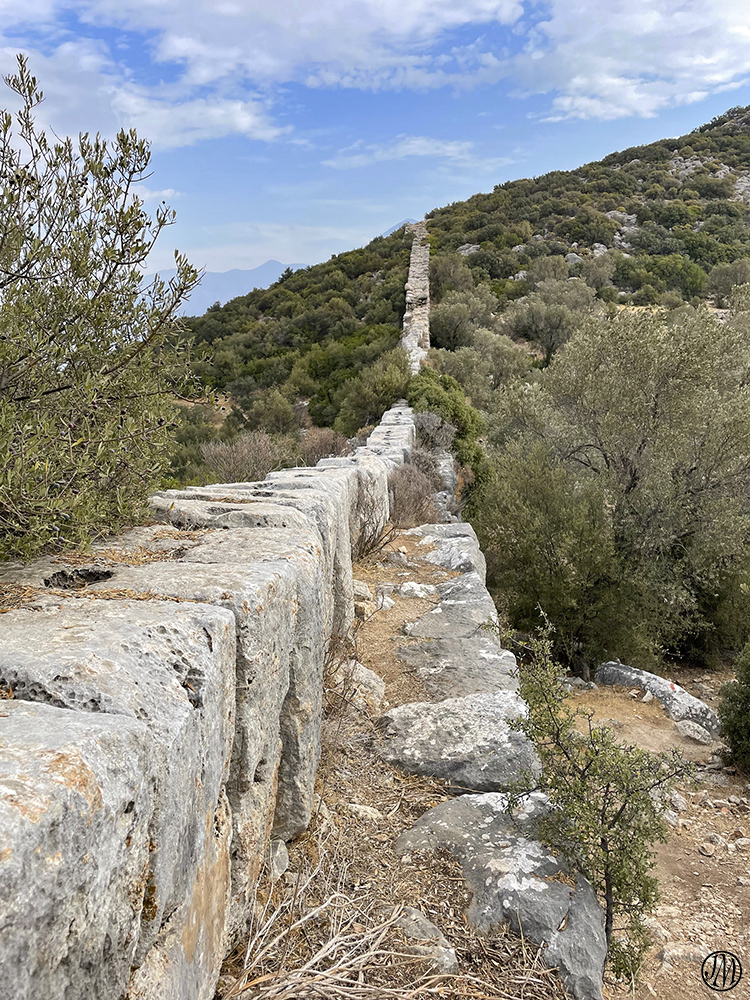
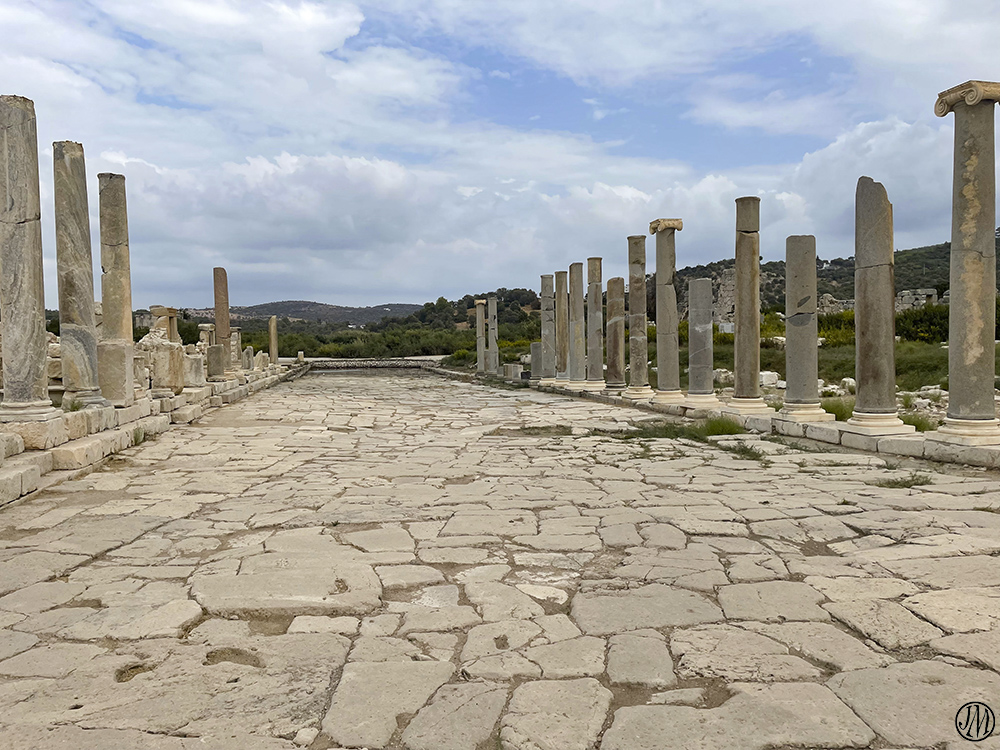
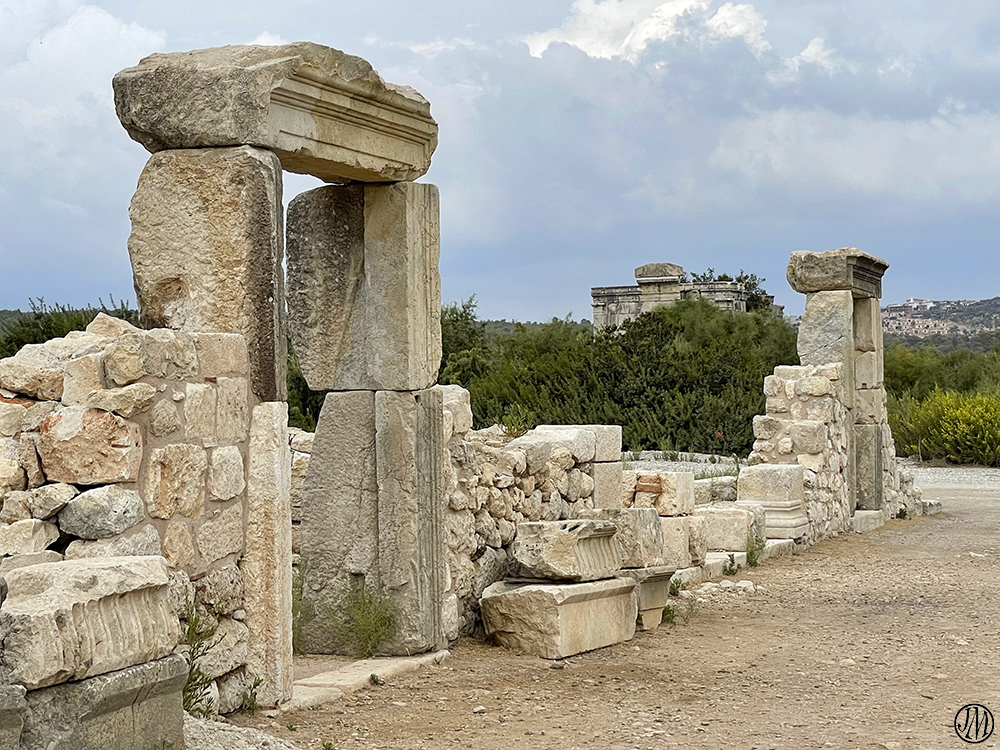
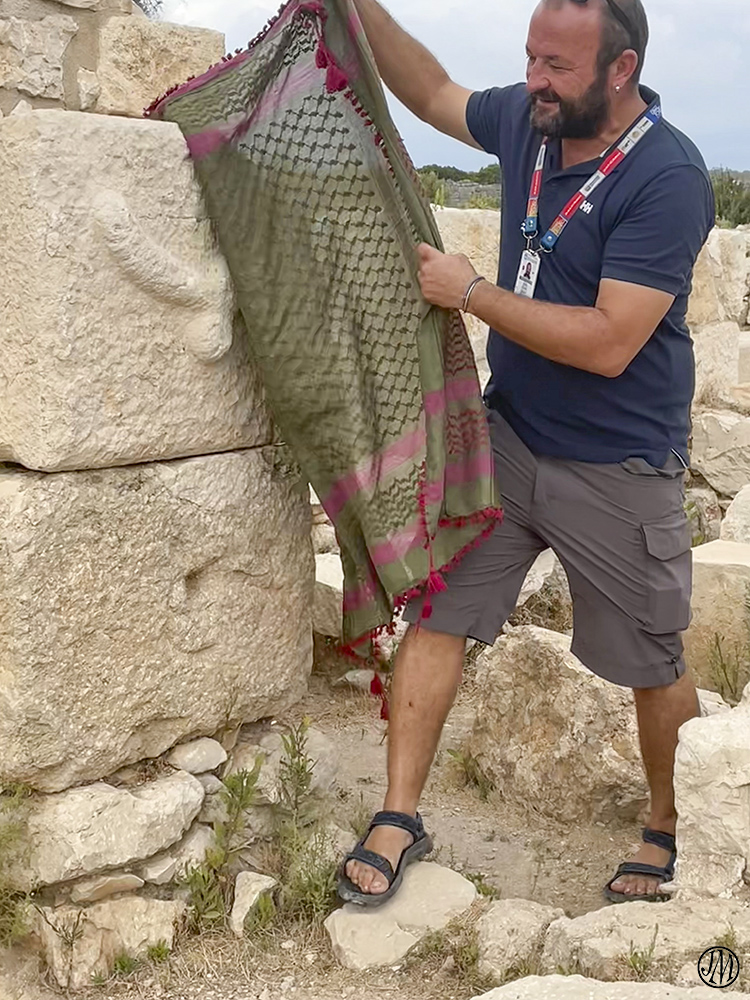
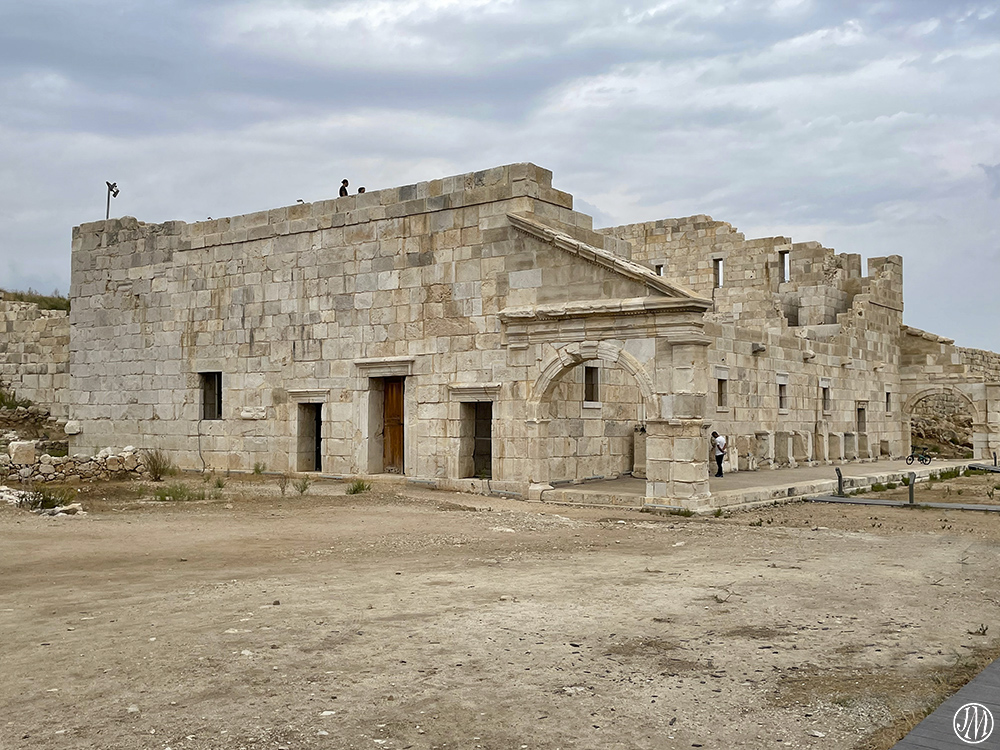
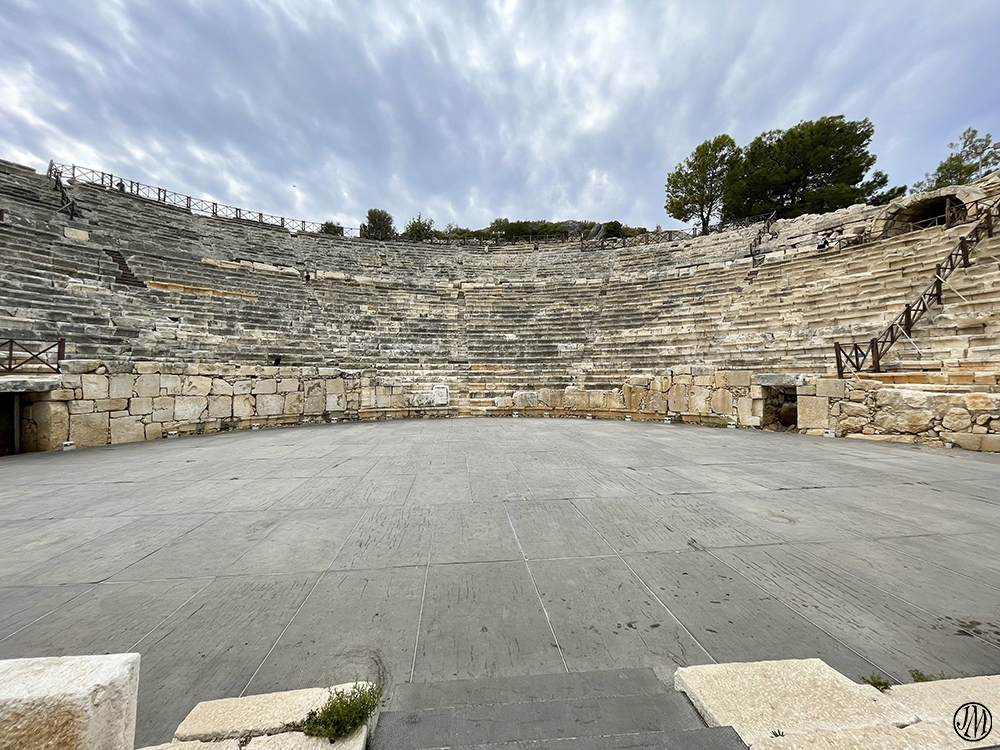
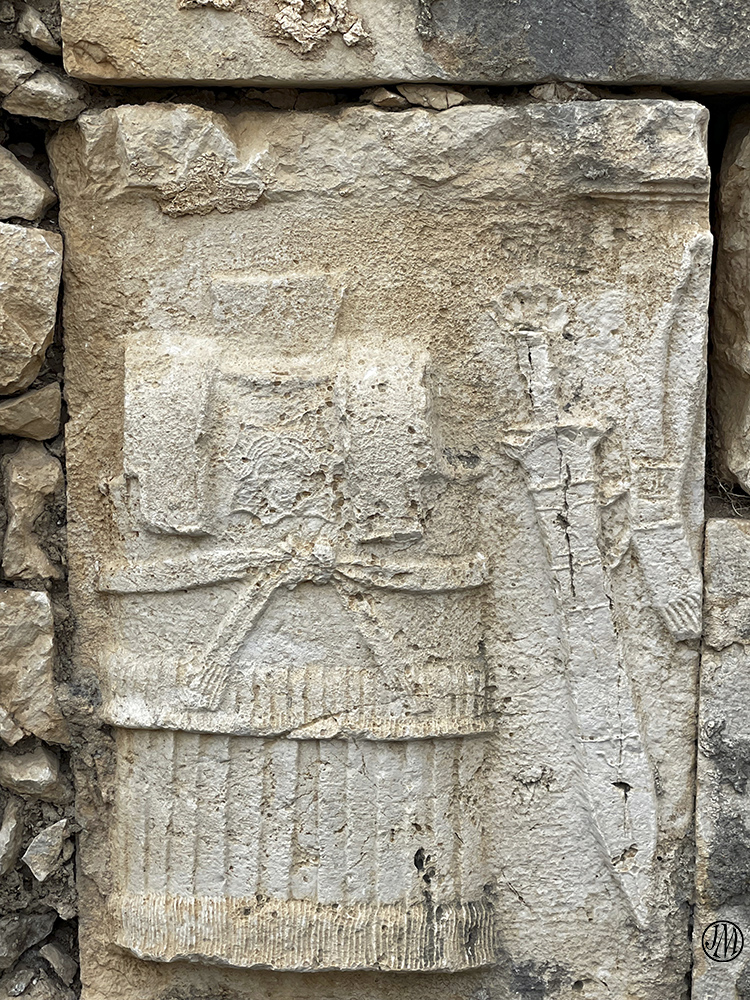
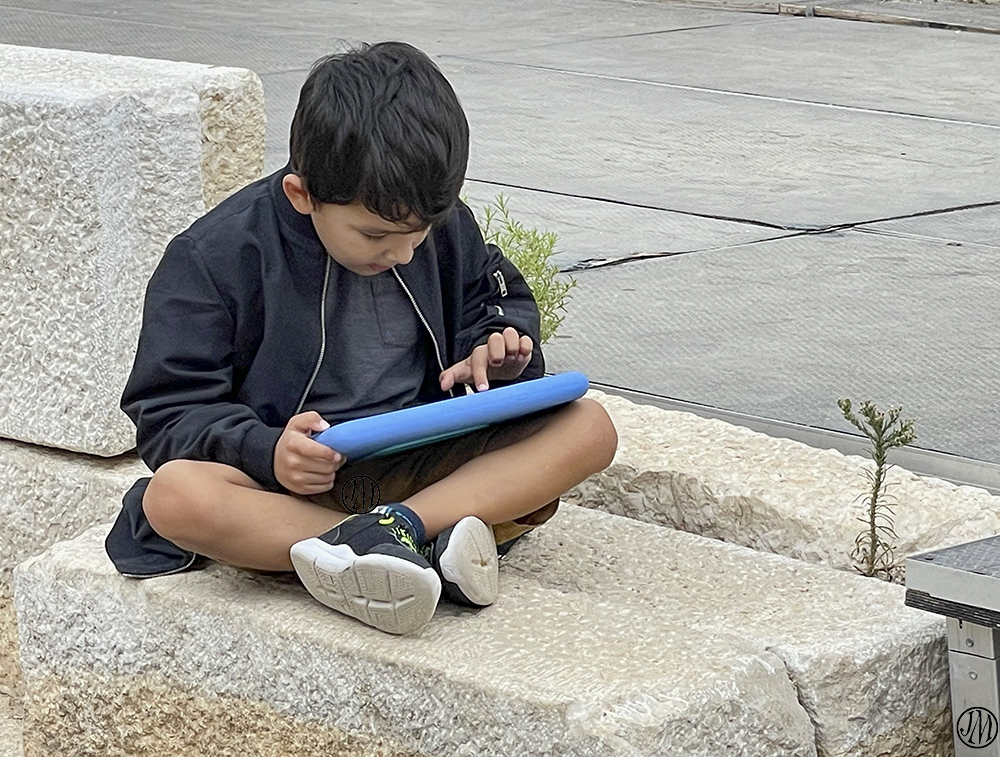
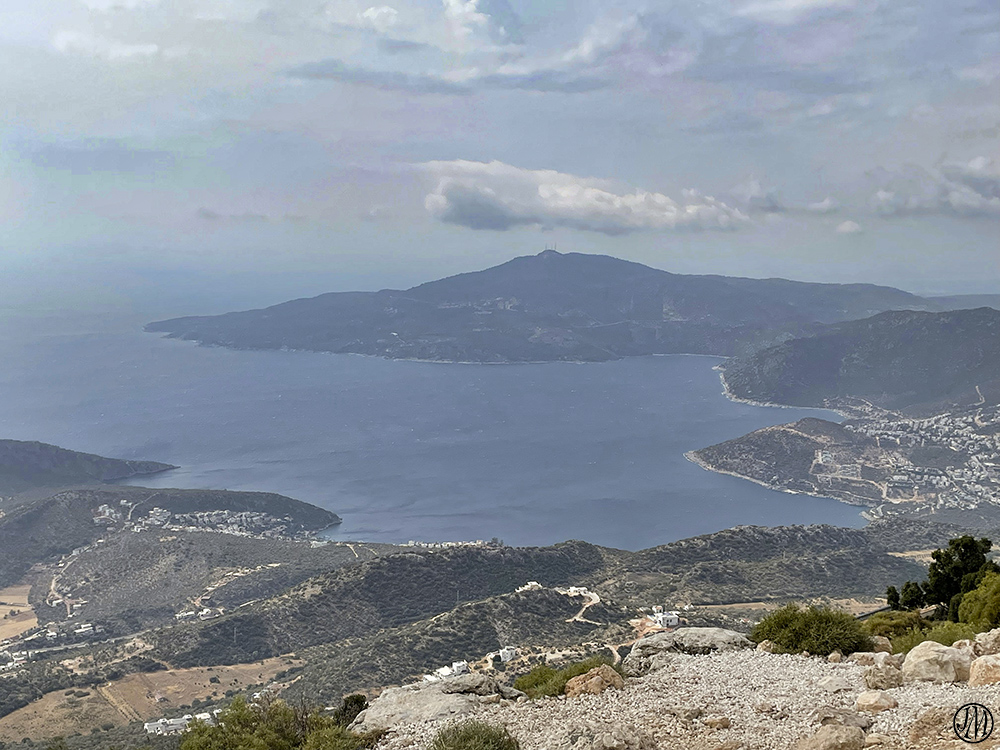
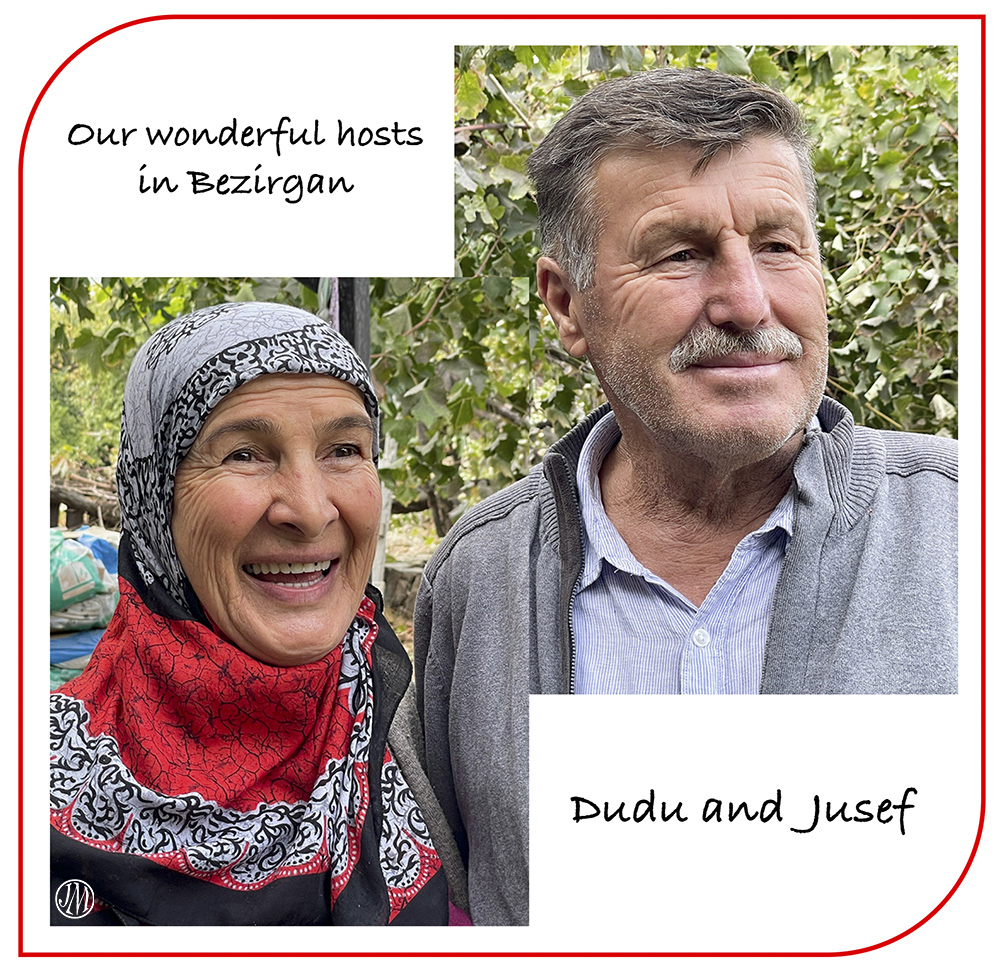
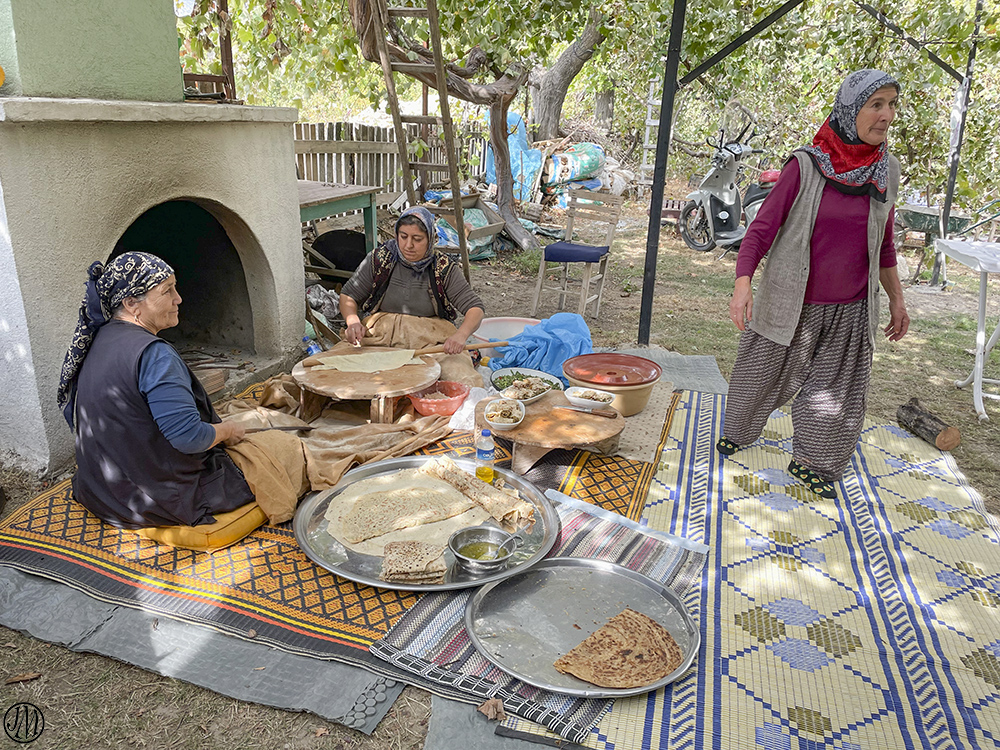
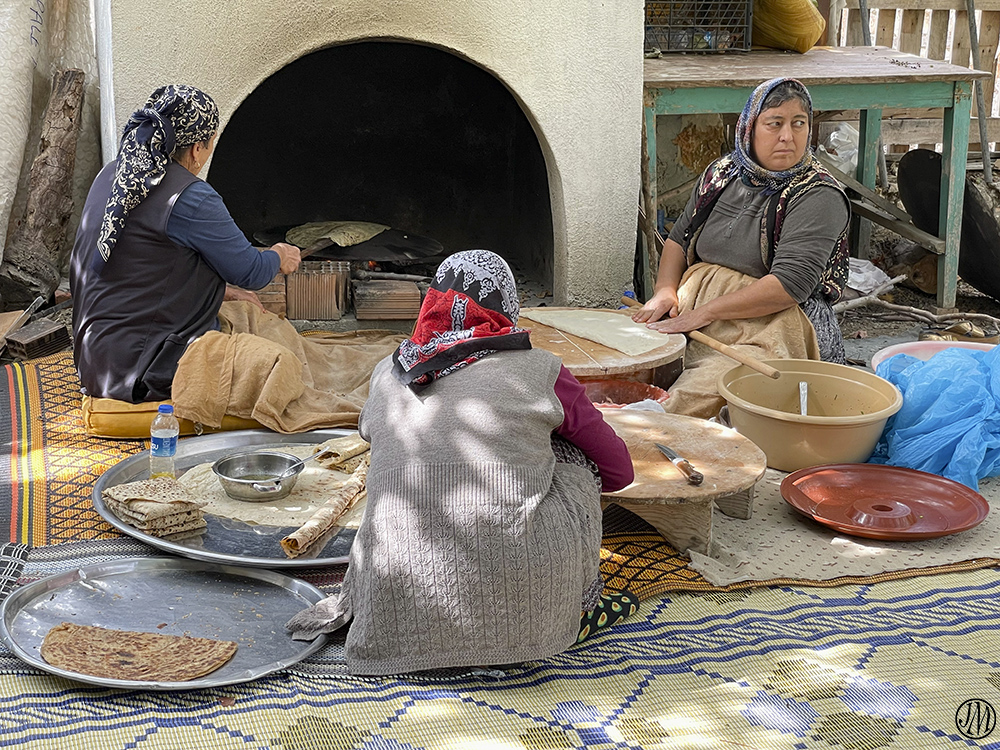
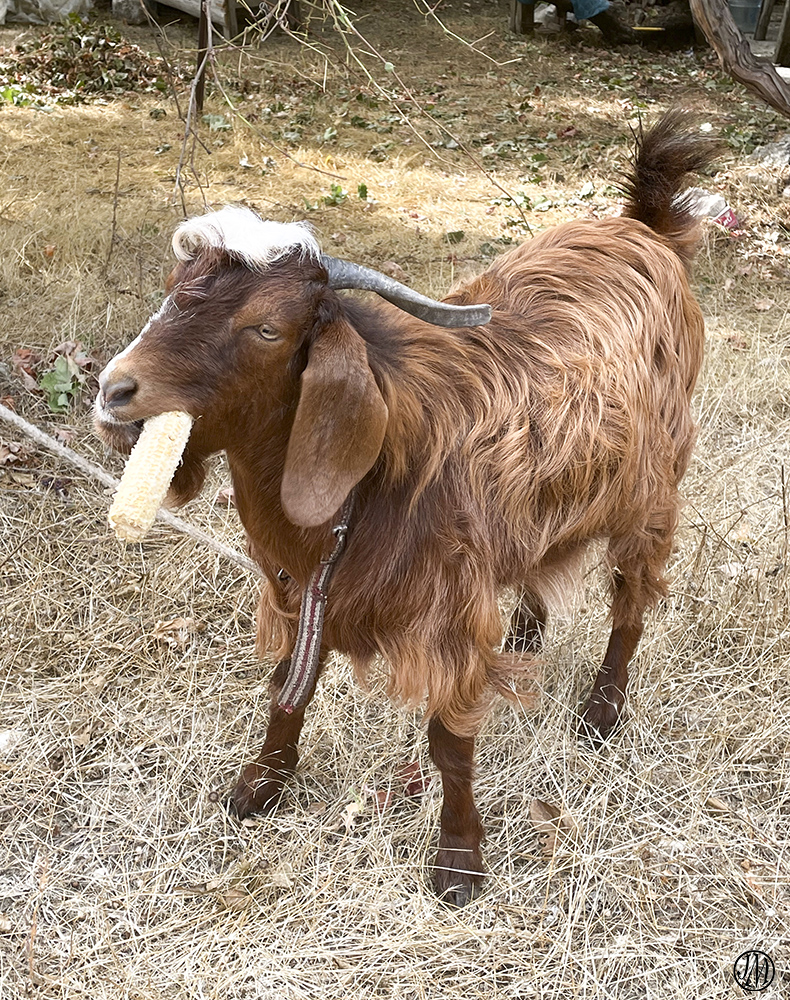
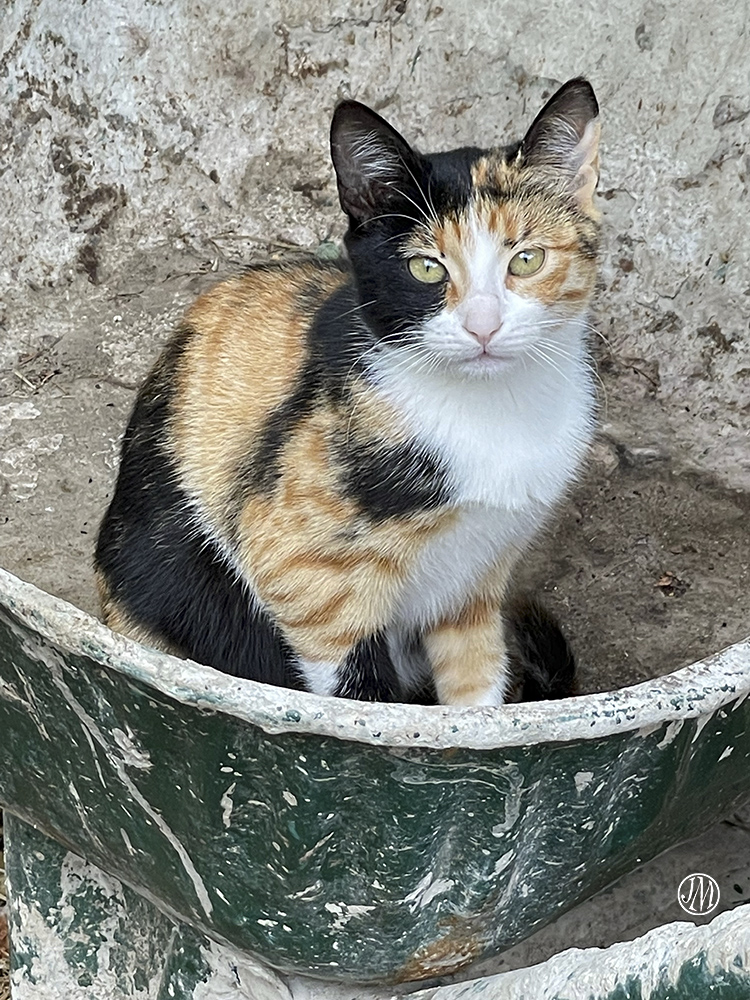
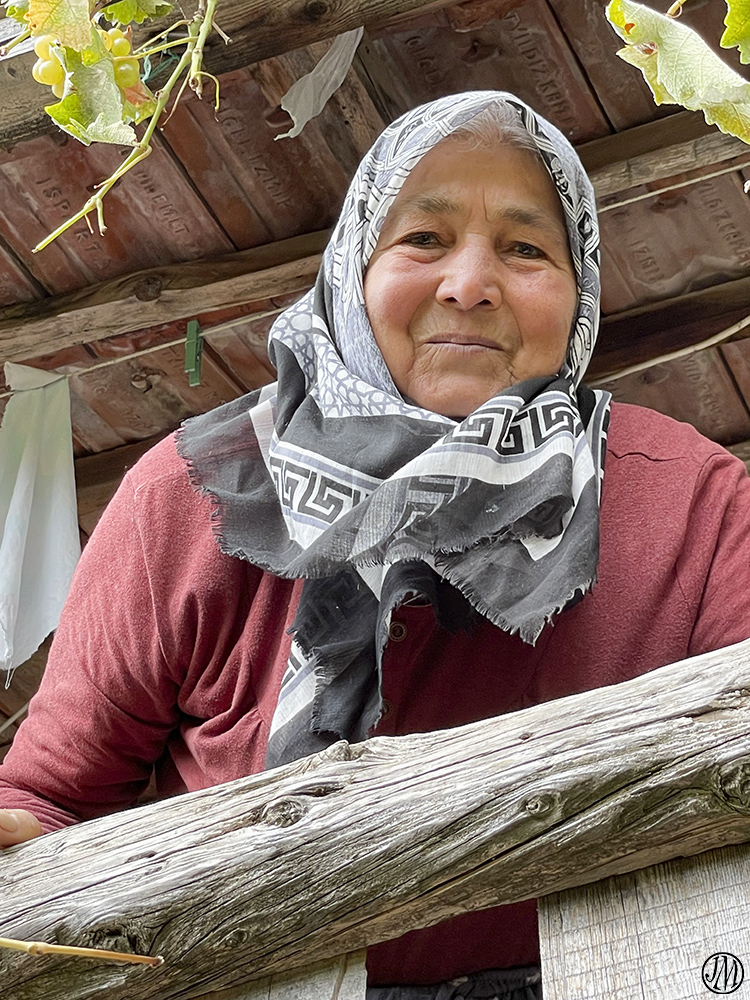
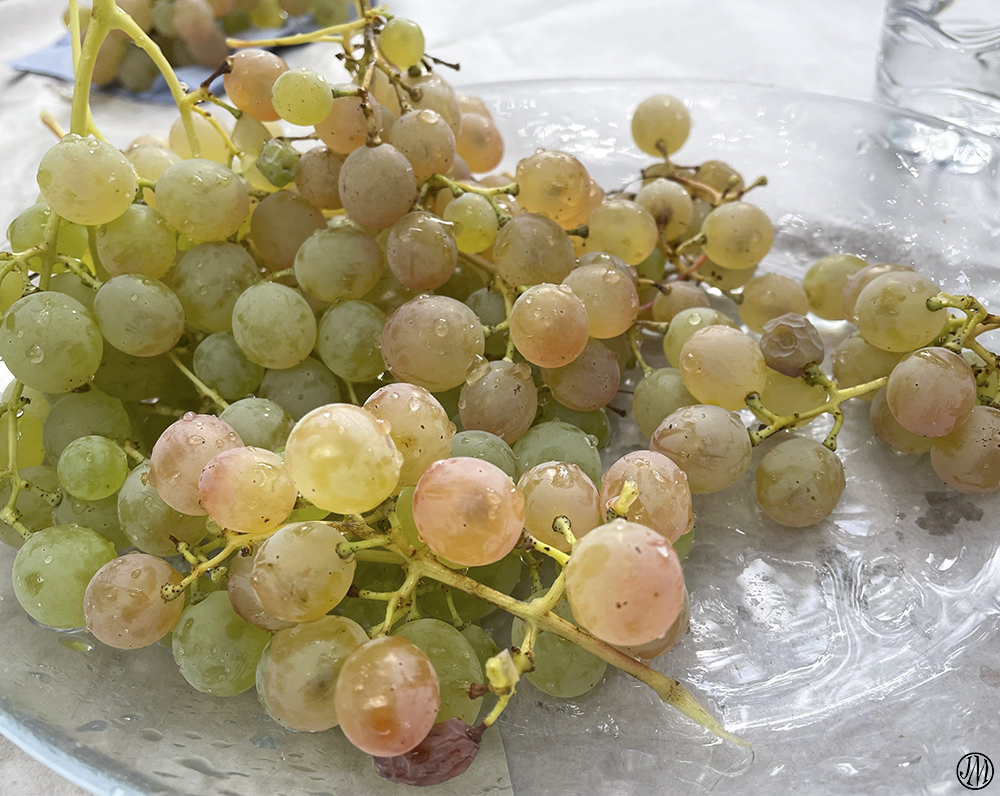
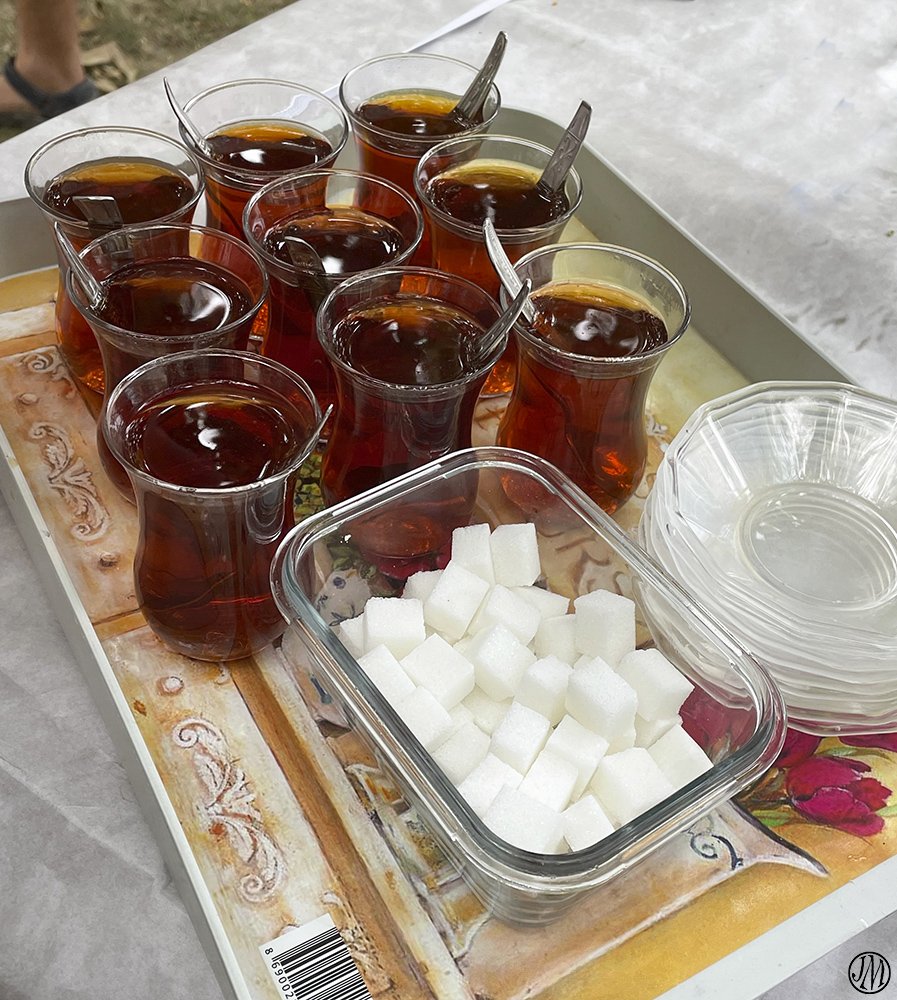
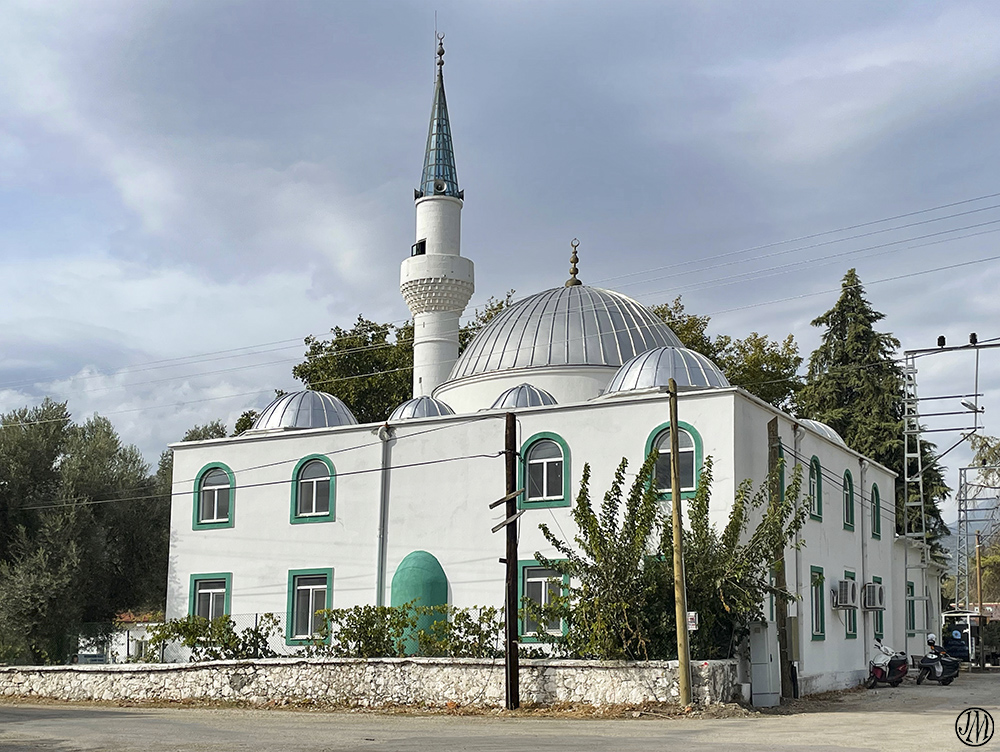
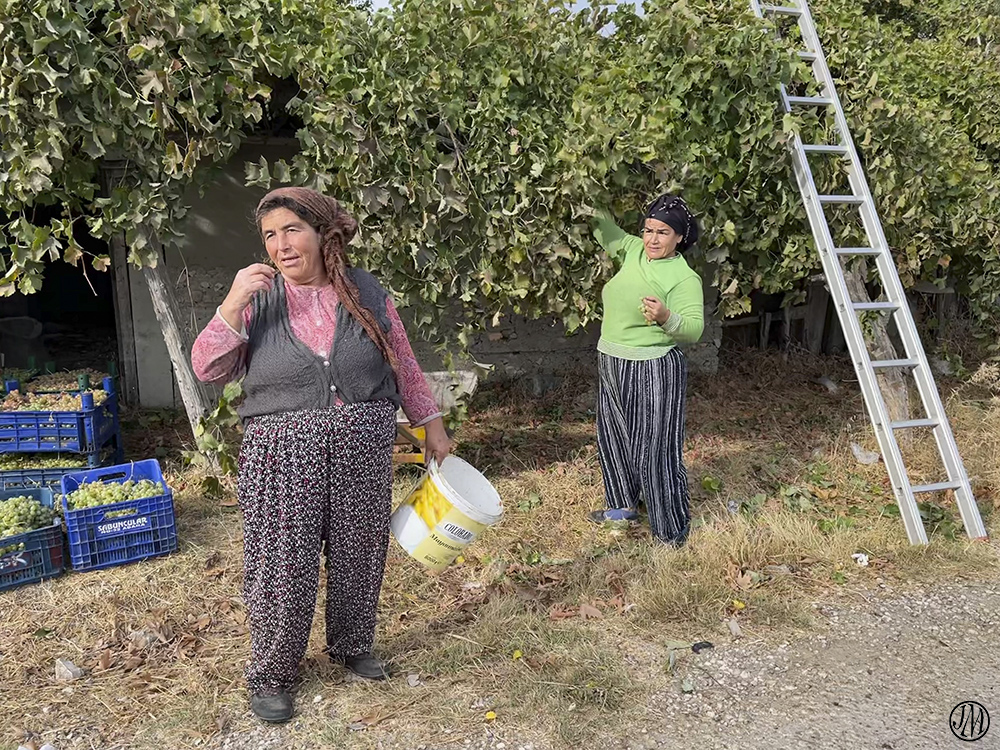
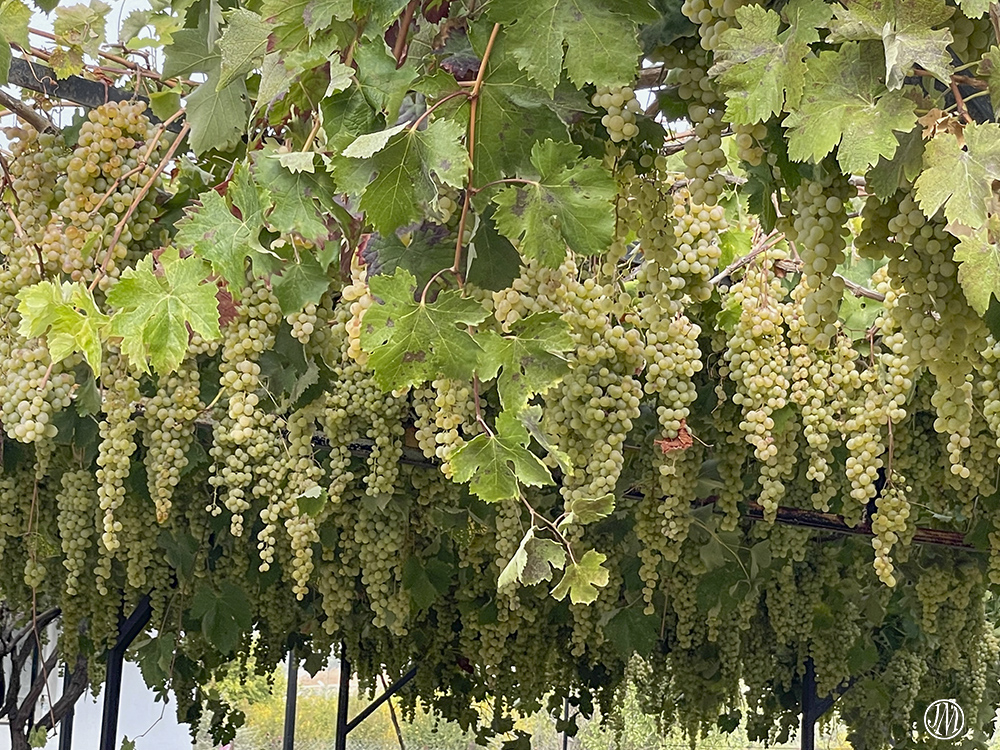
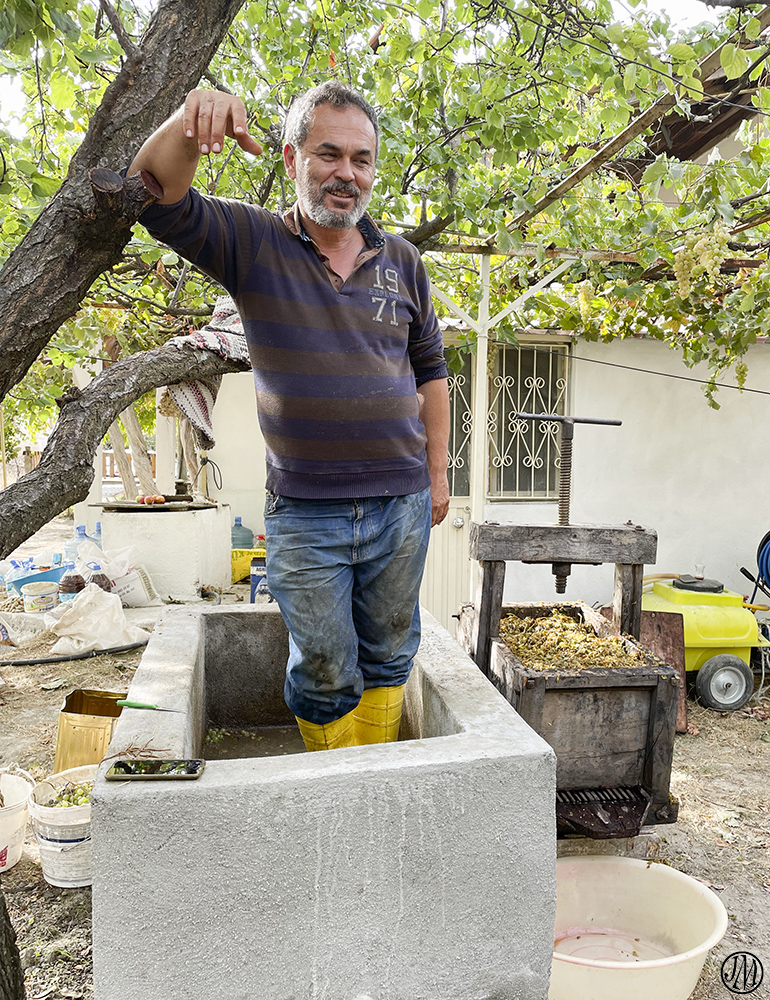
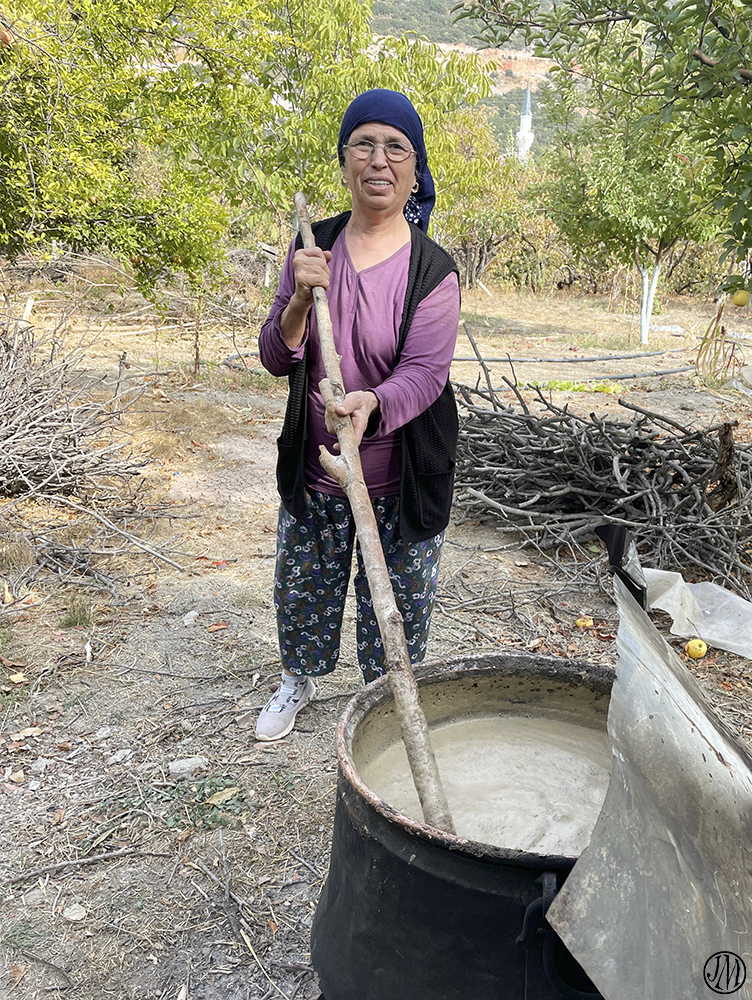
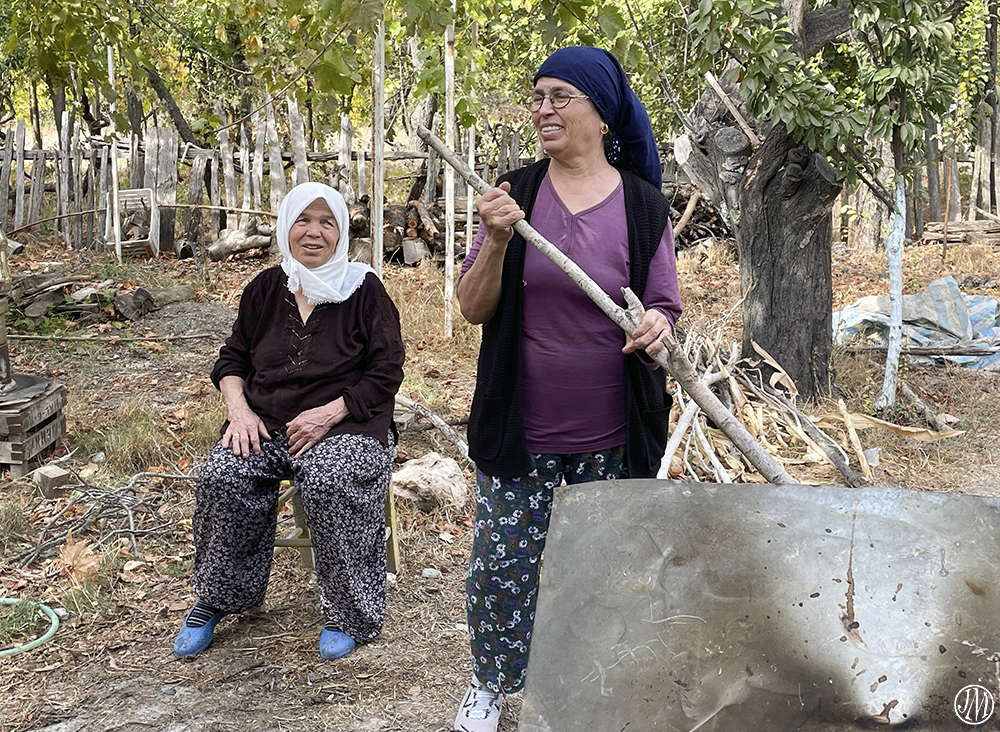
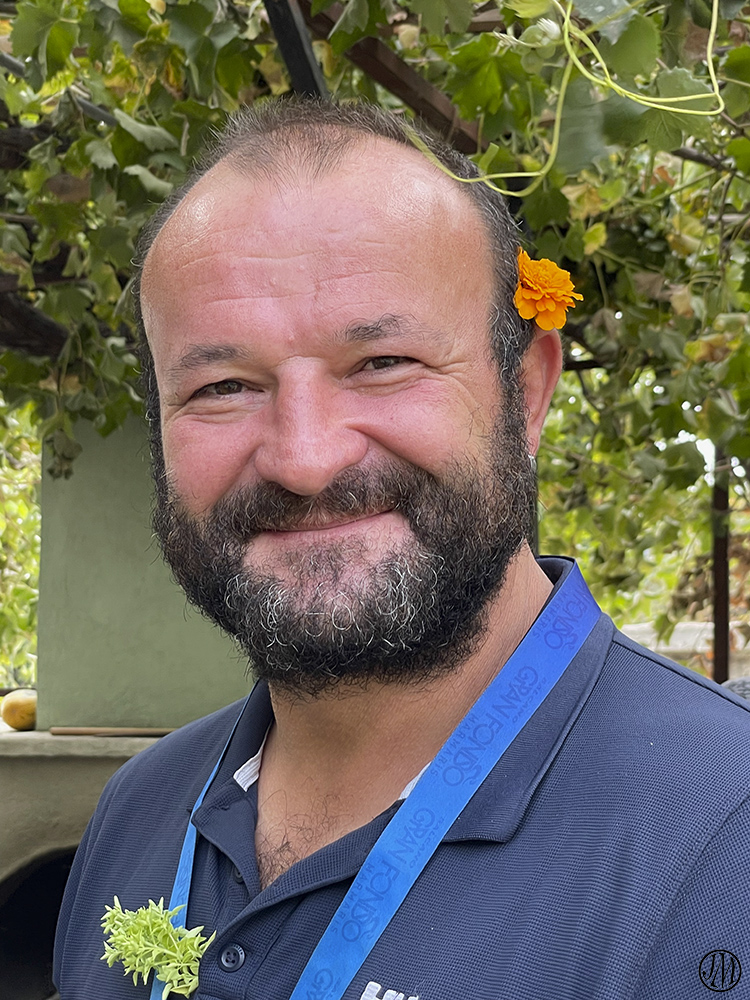
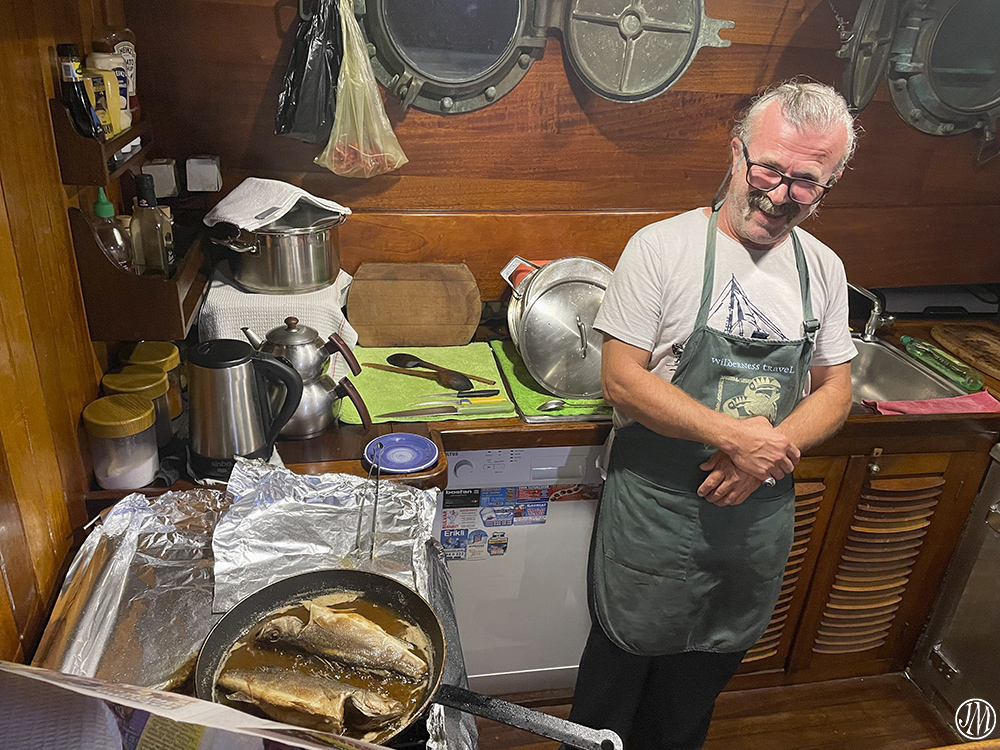
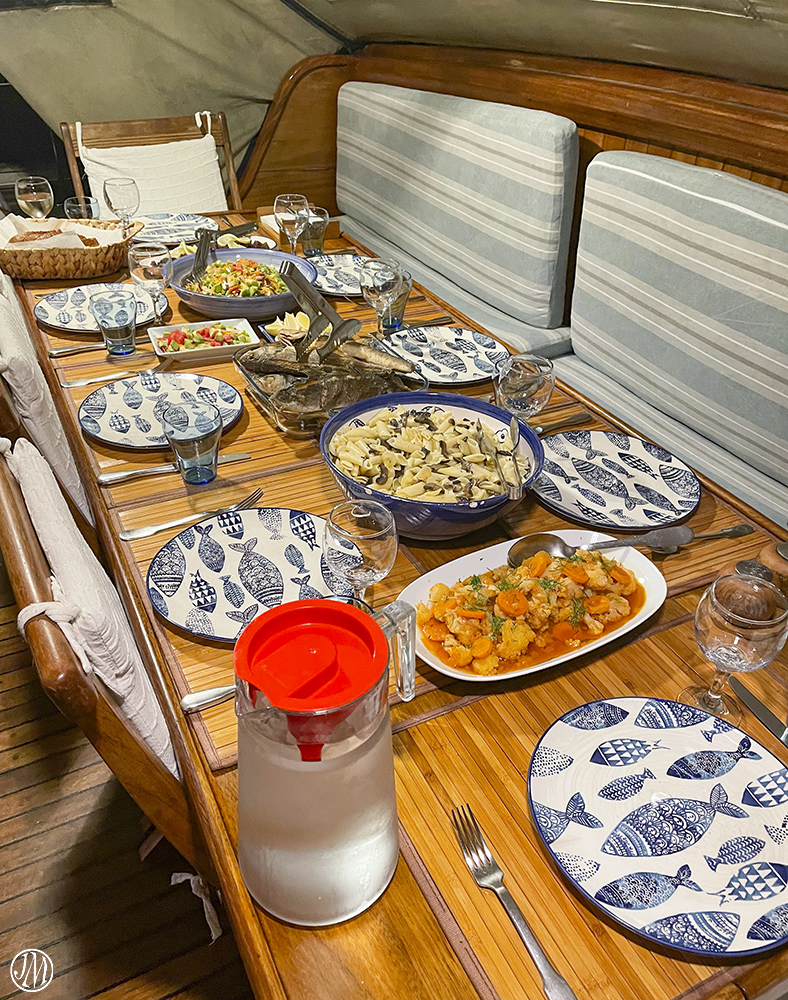
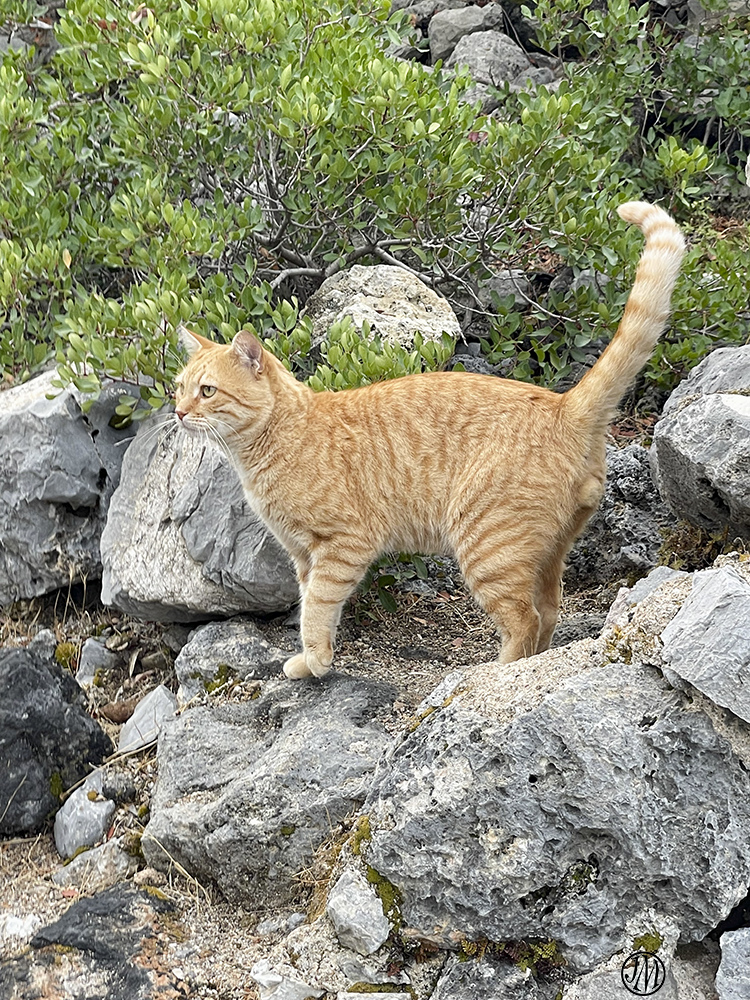
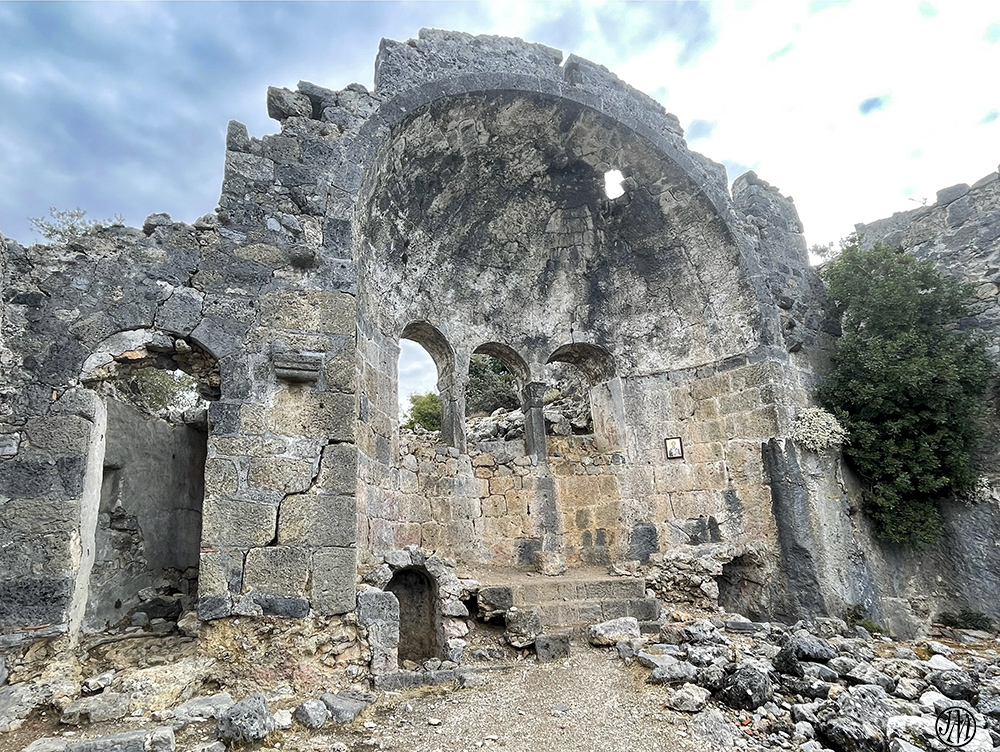
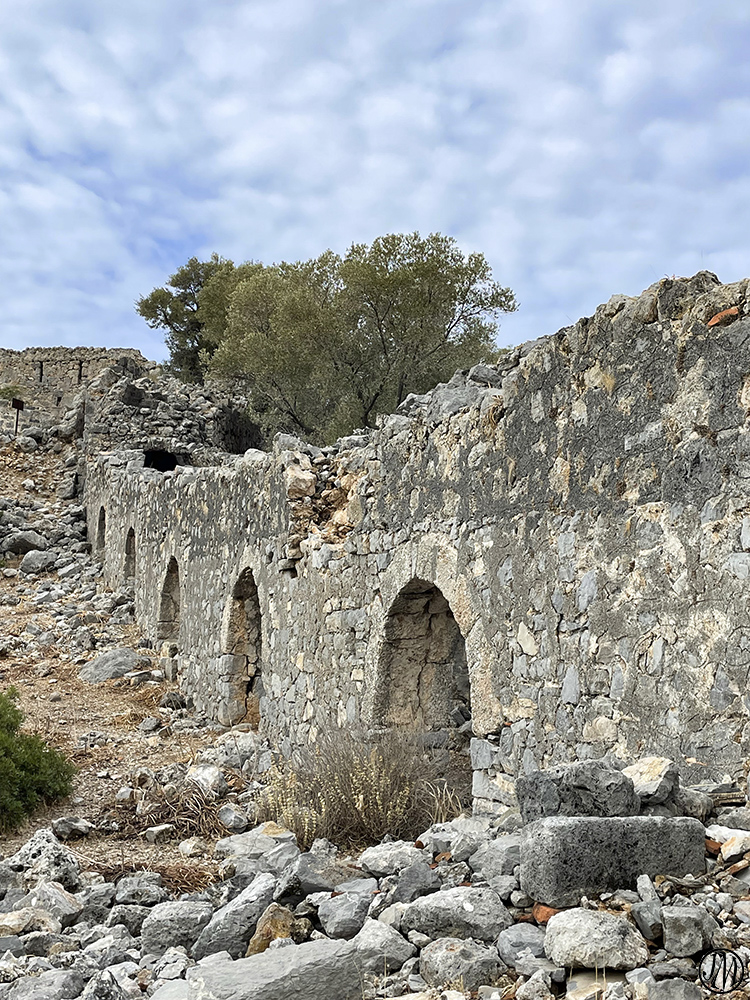
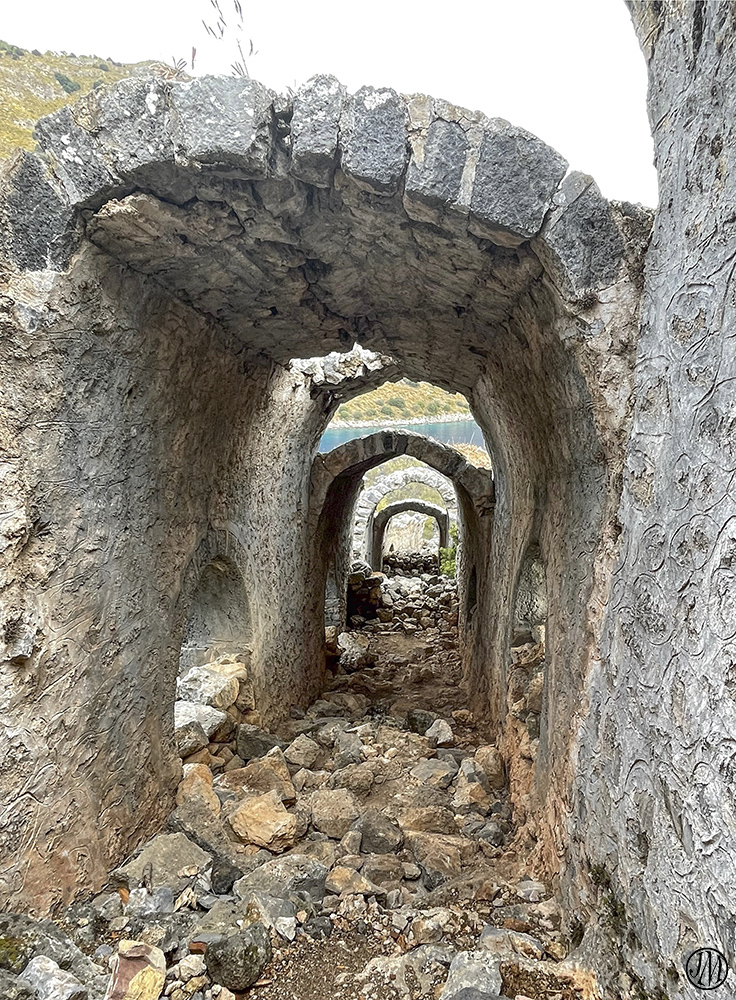
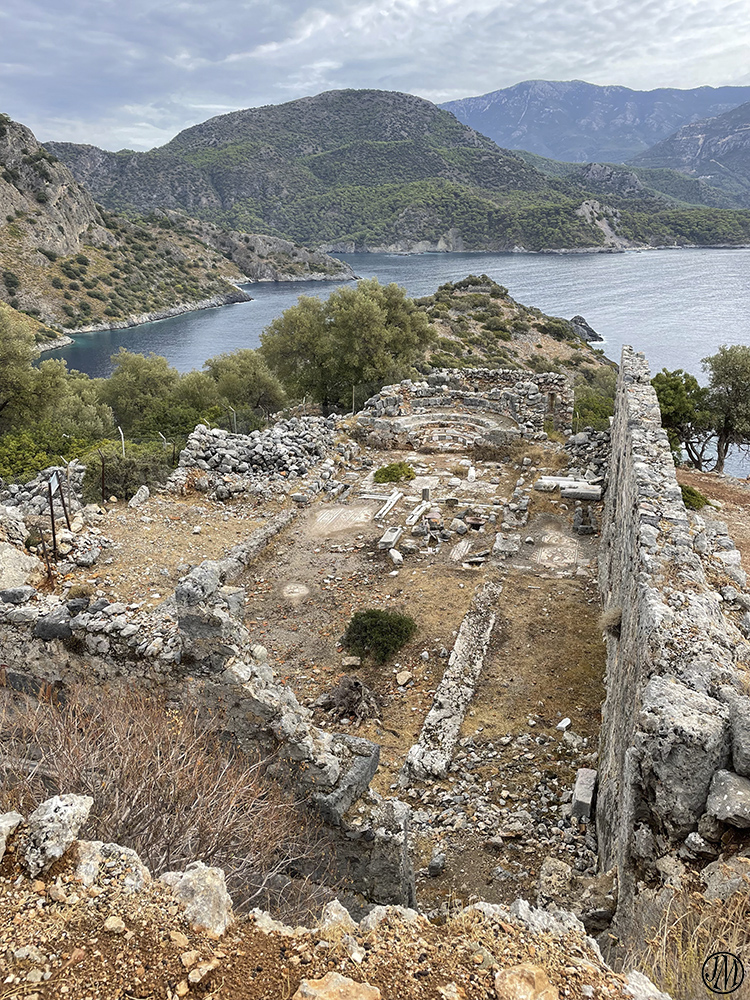
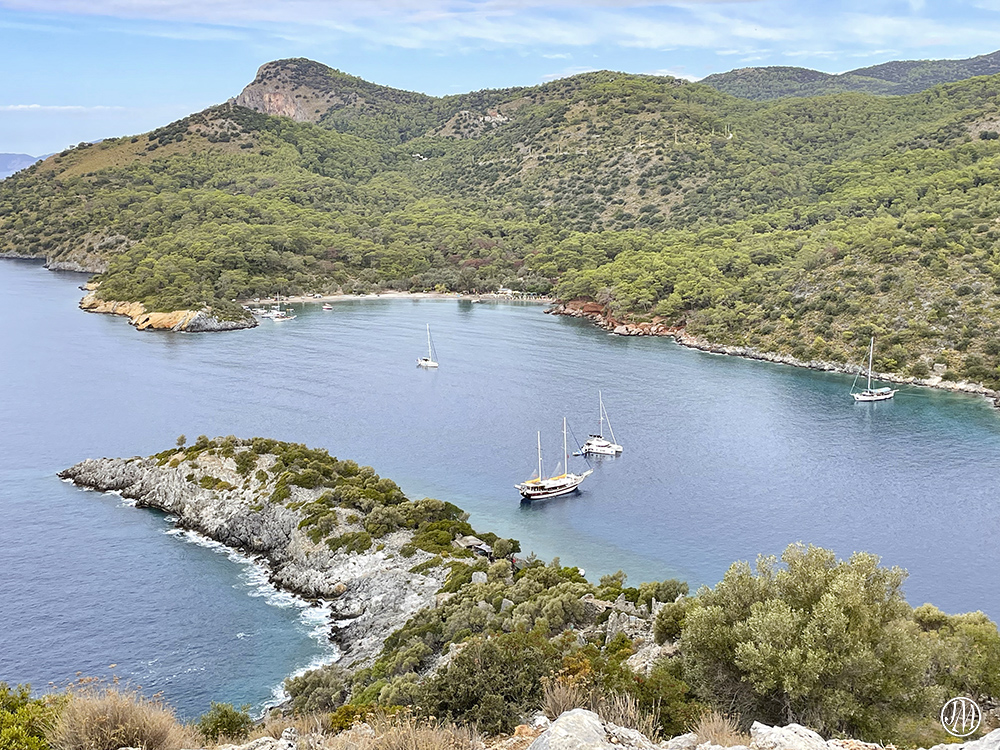
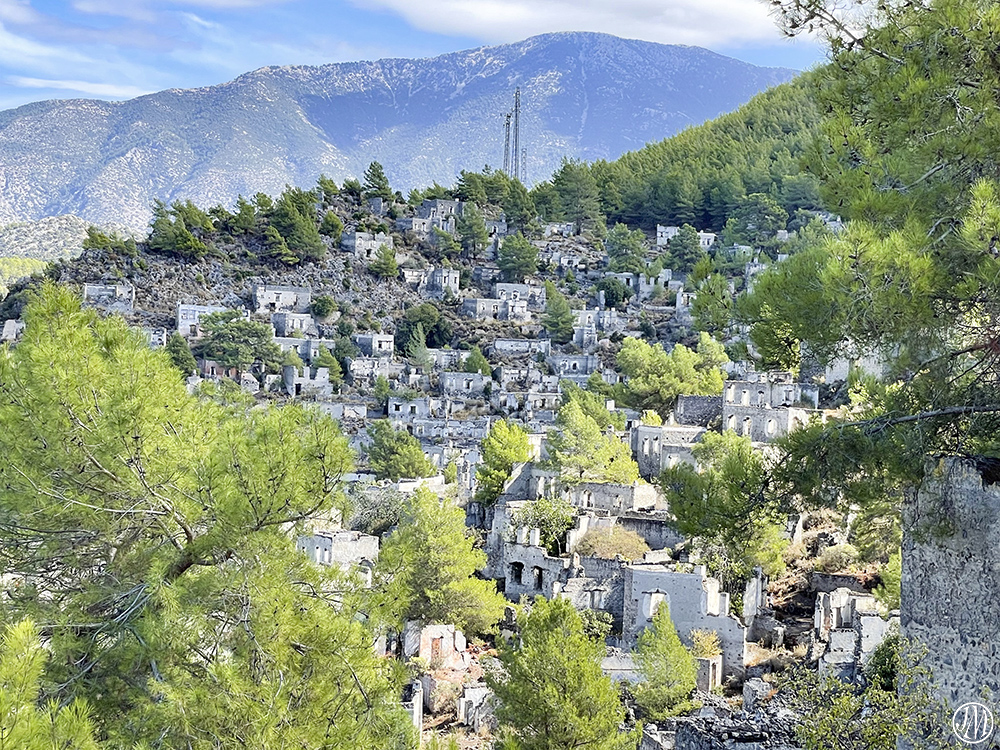
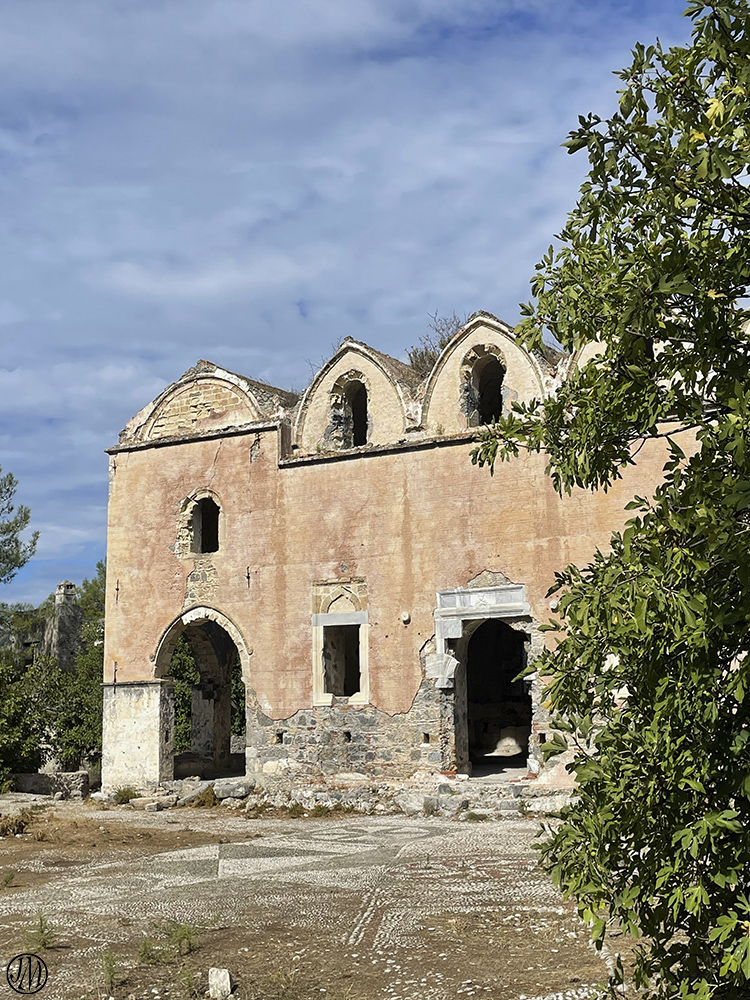
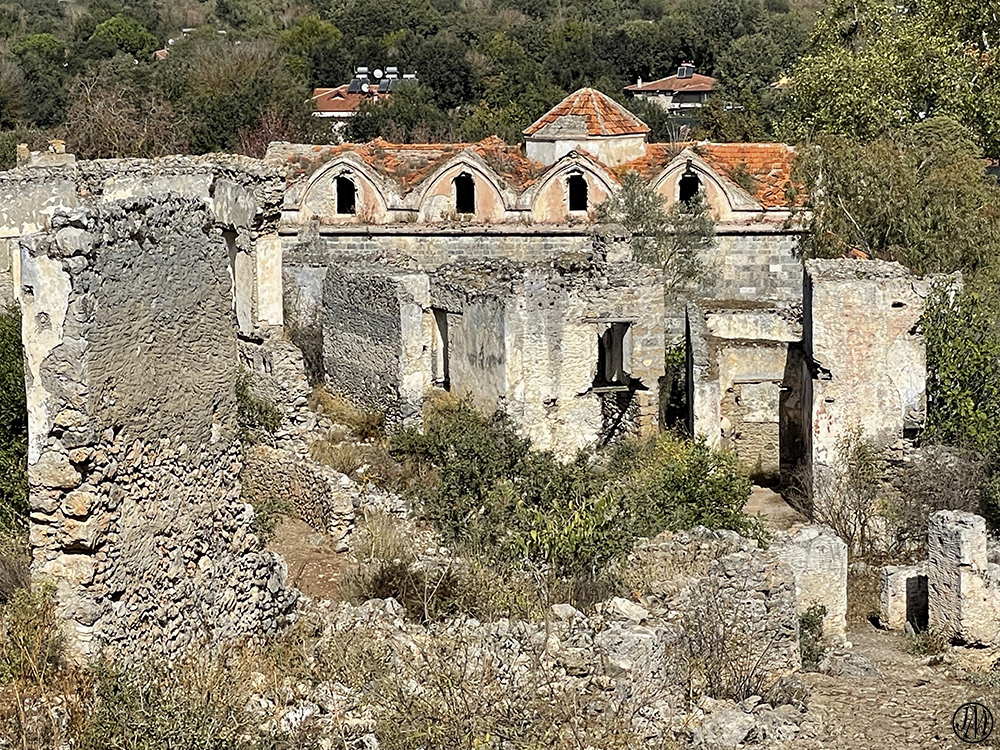

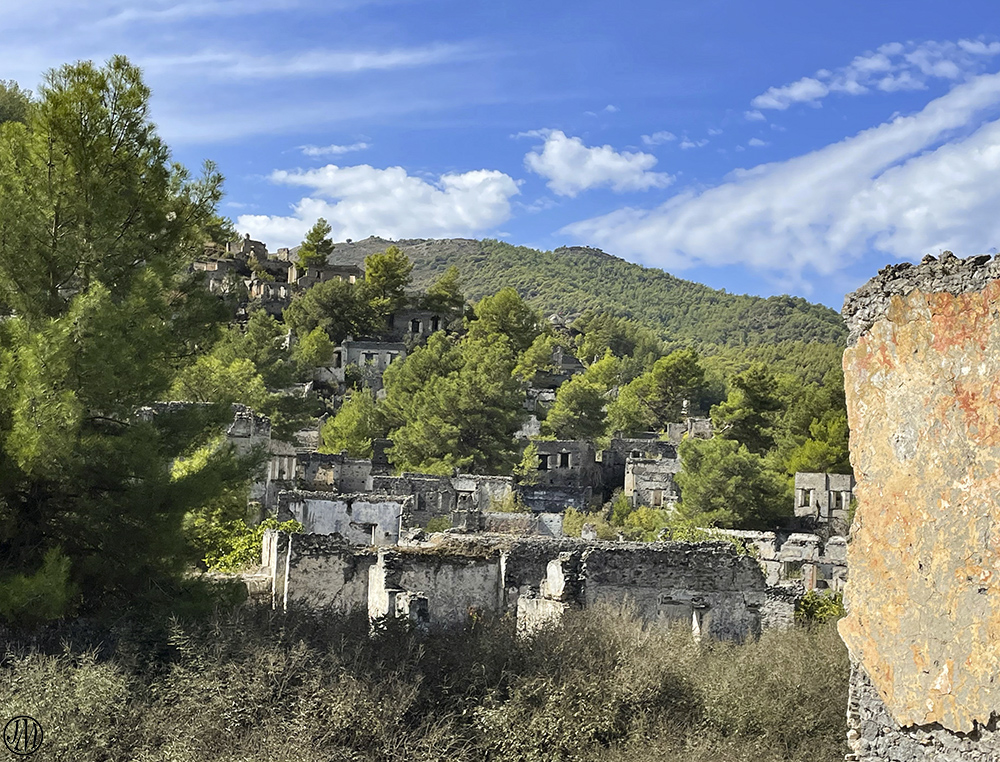
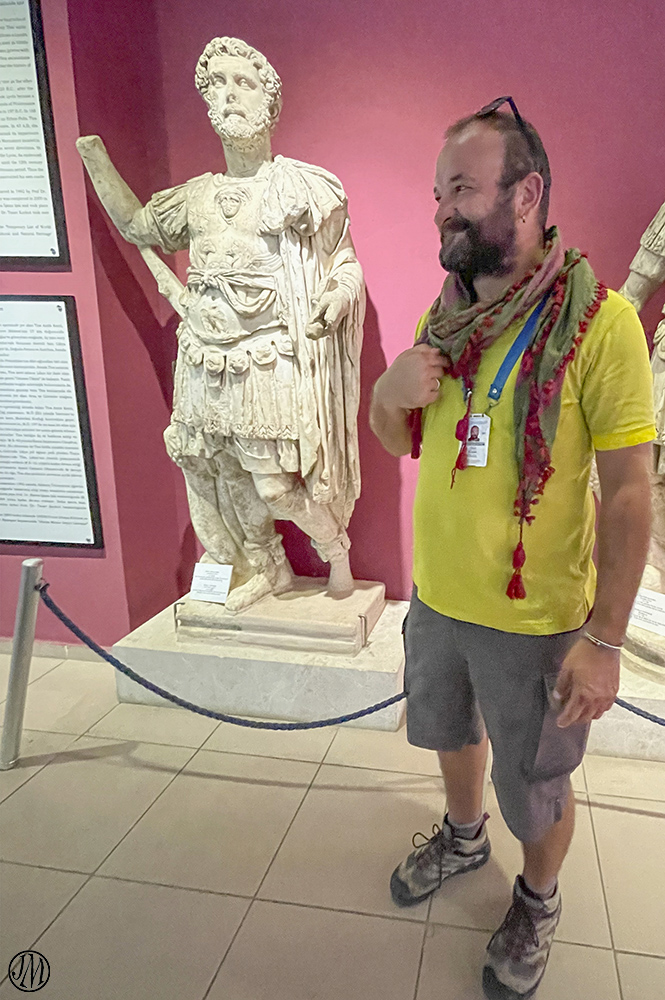
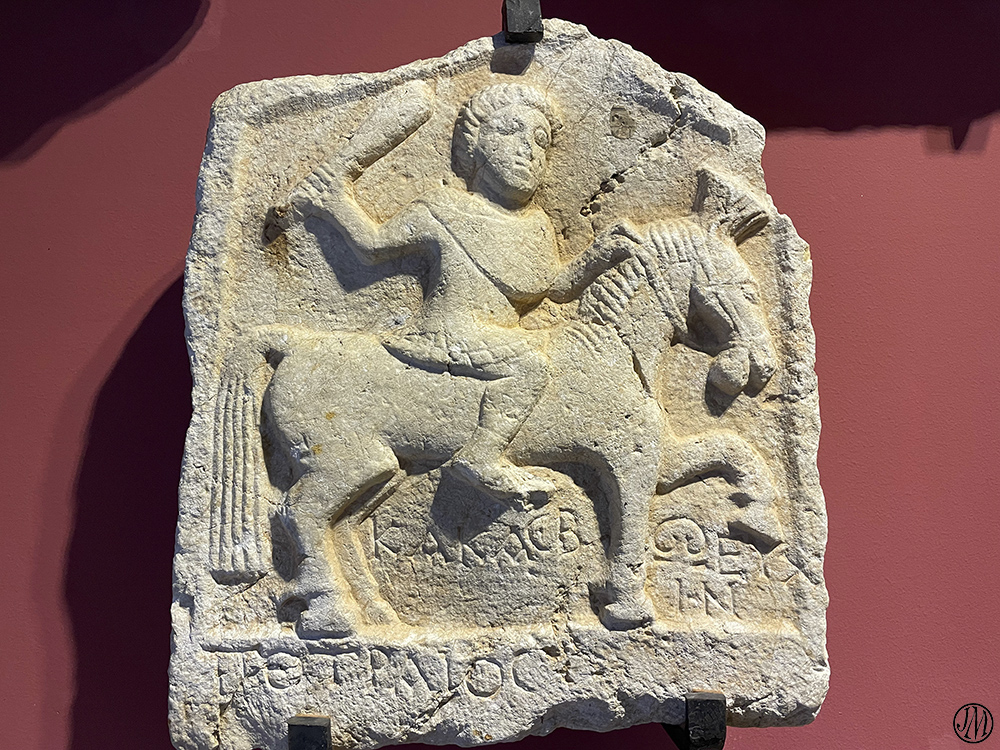
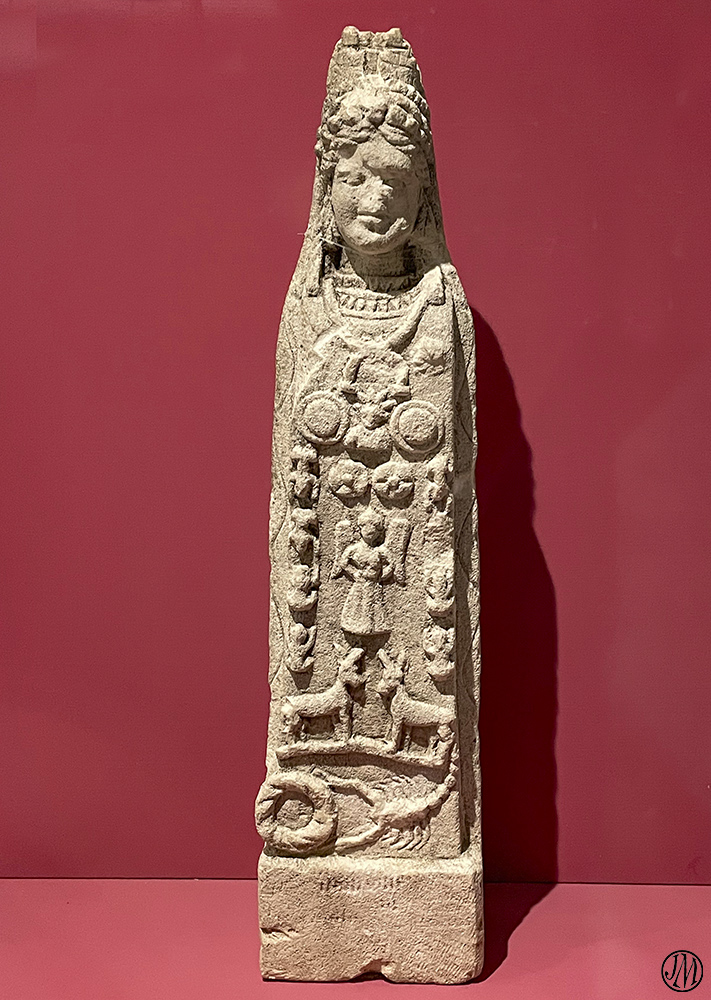
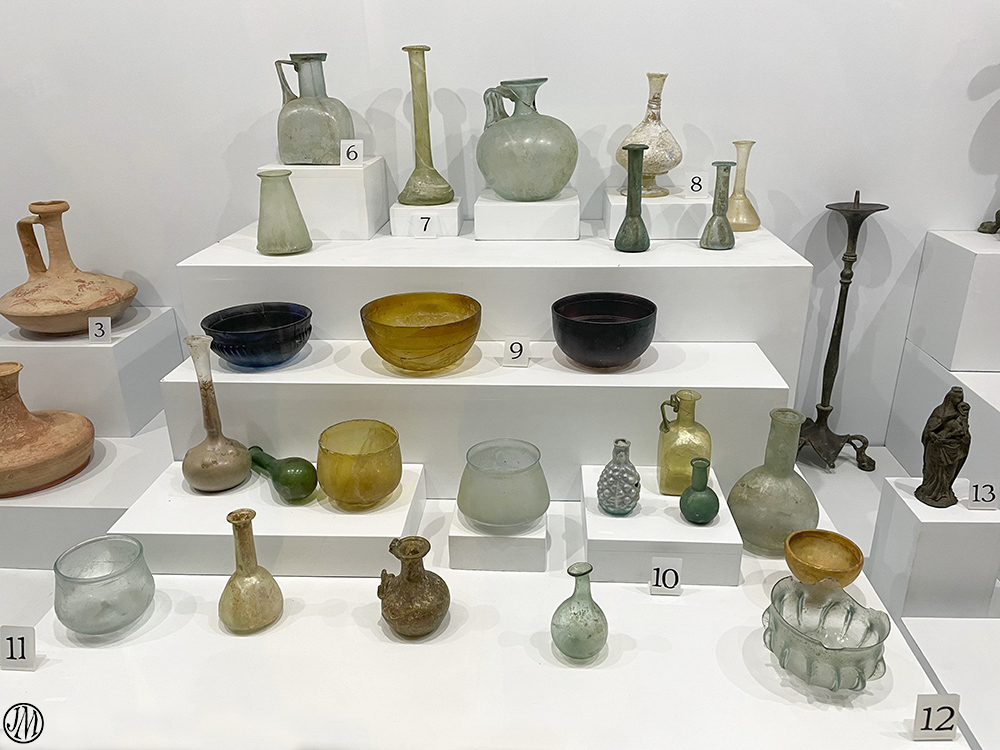
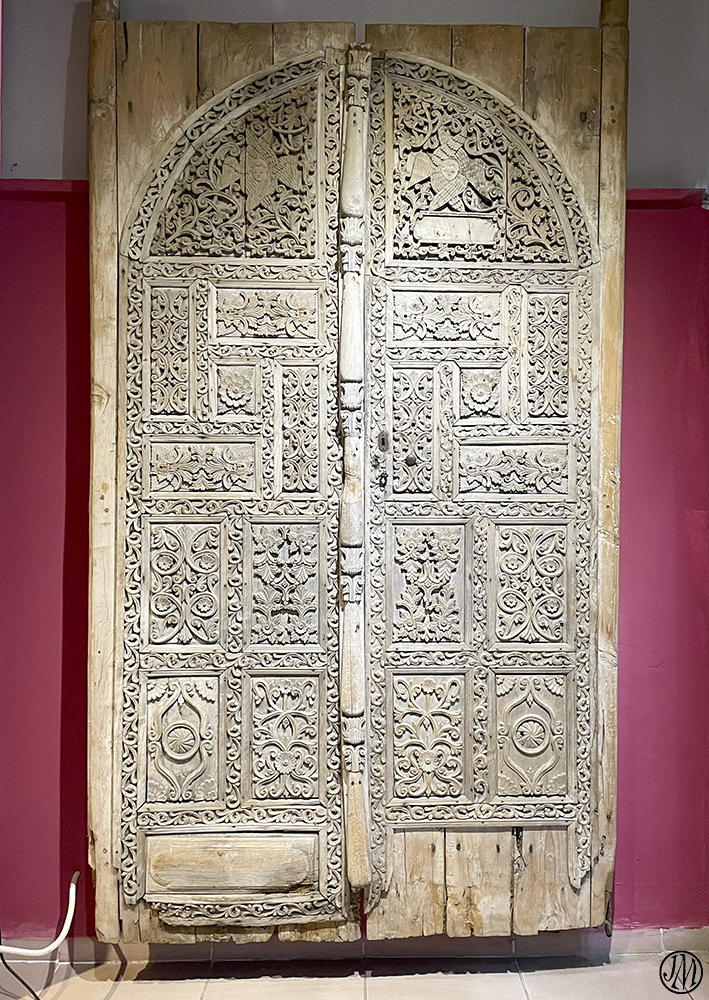
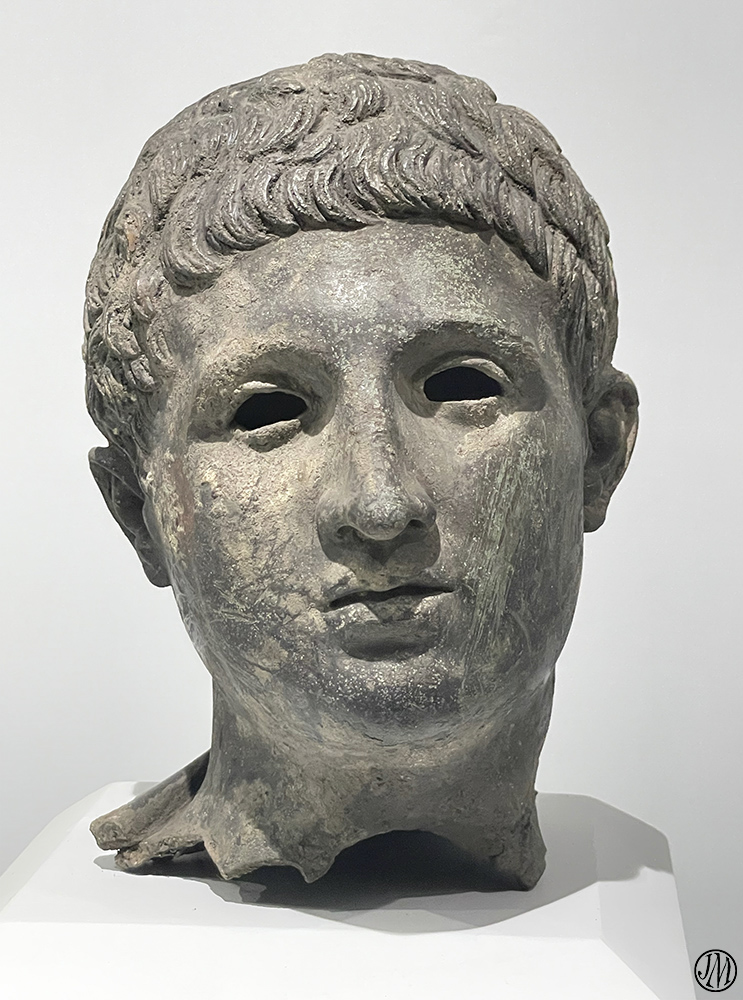
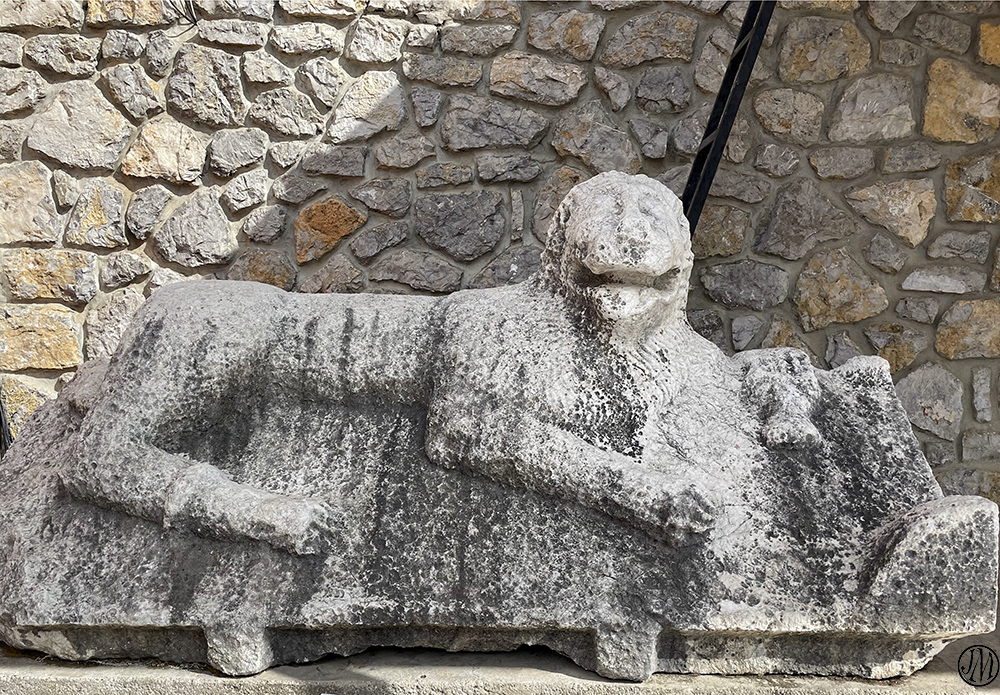
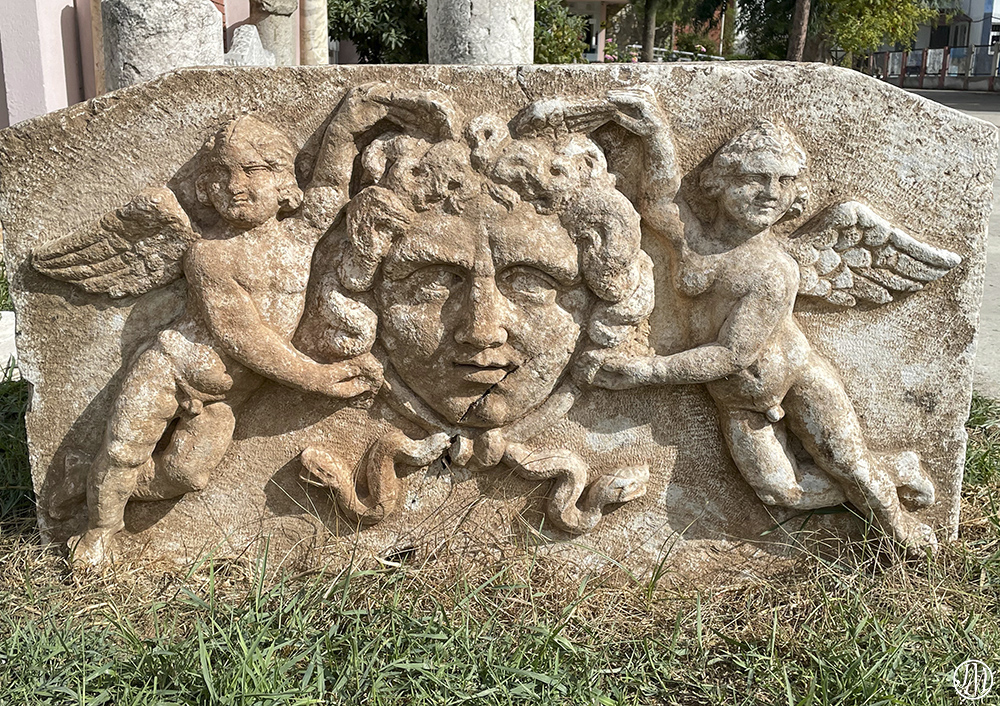
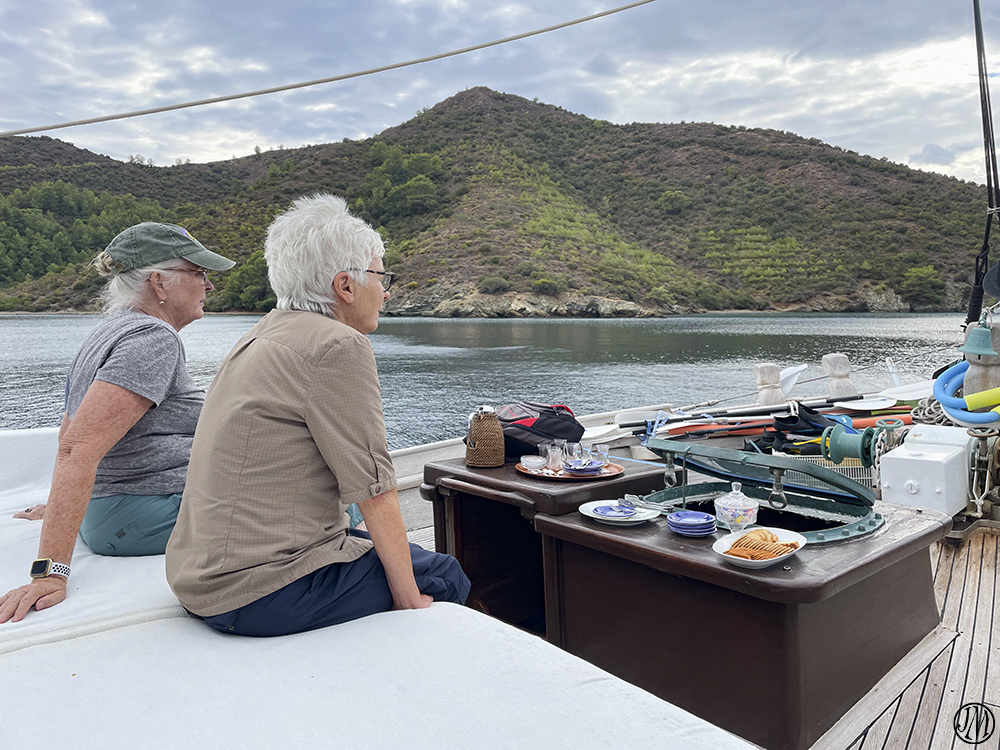
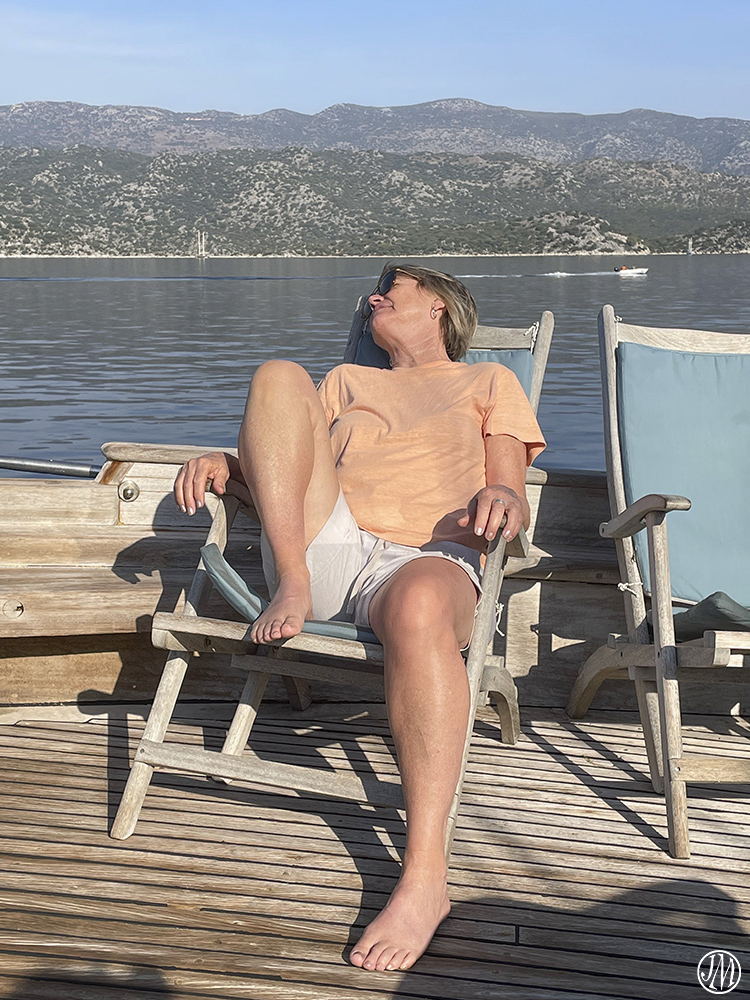

Fabulous!
Such a full rich experience – each day seems to need a week! Amazing
Great history, well told and excellent photos. It looked a great trip.
Great history, well told, and excellent photos